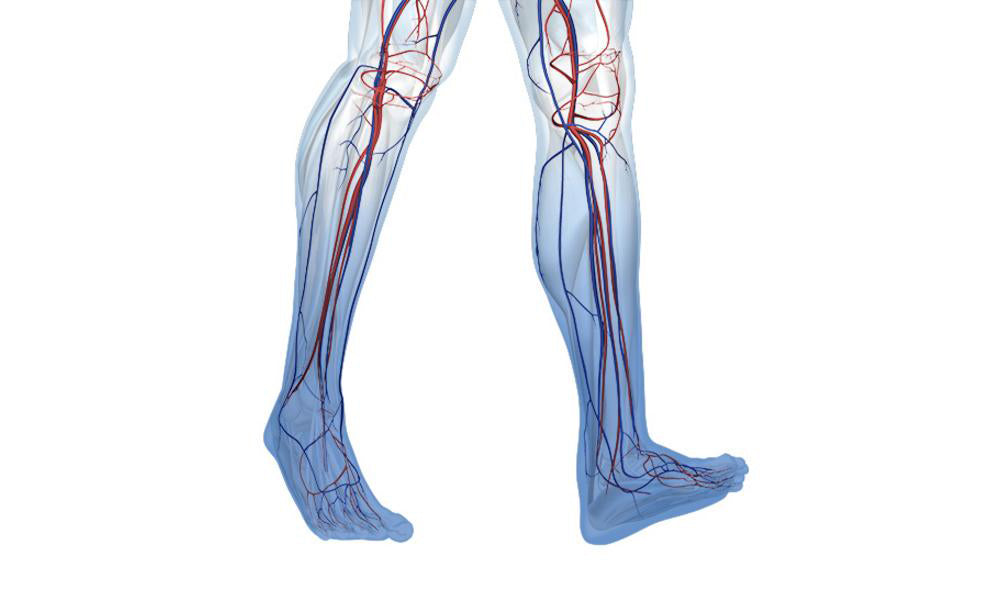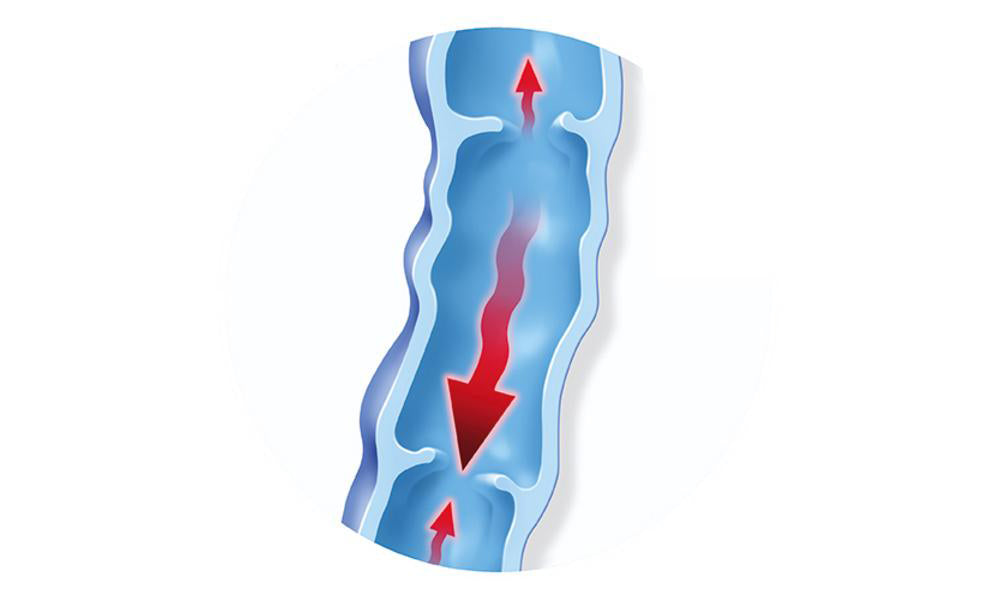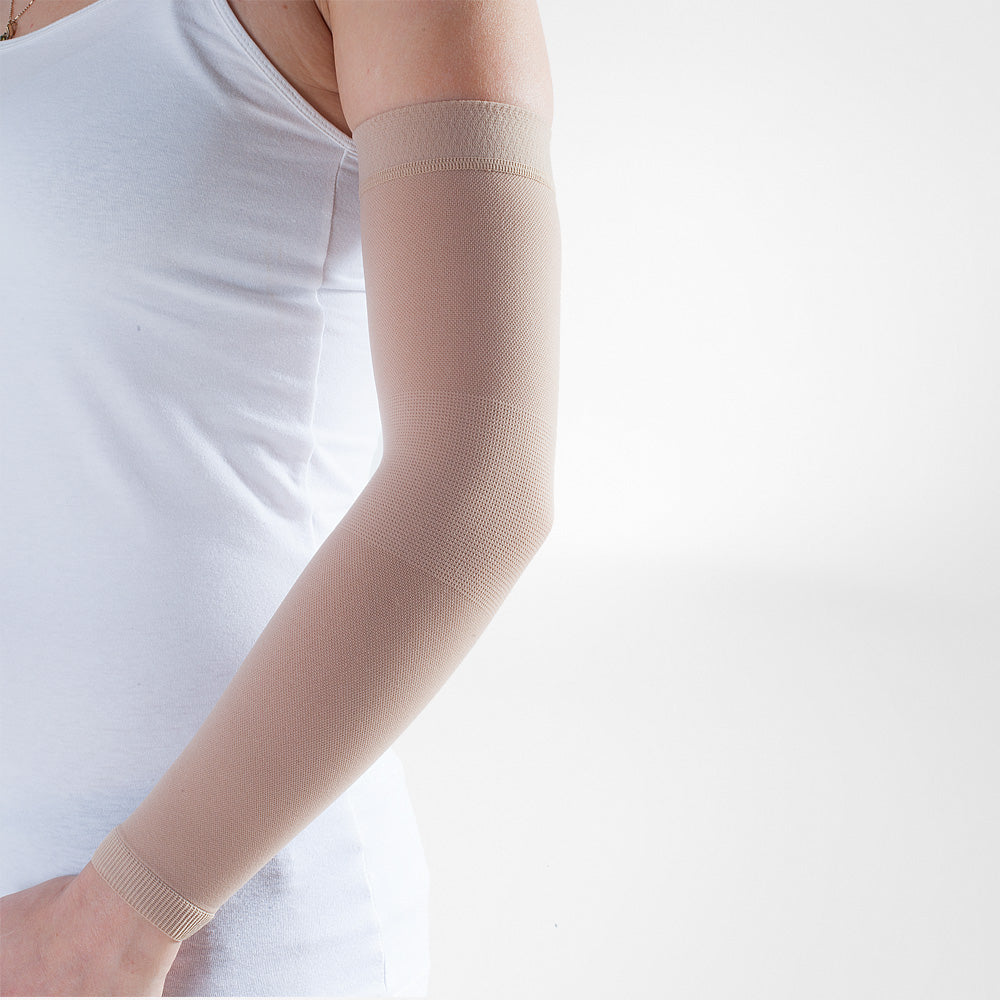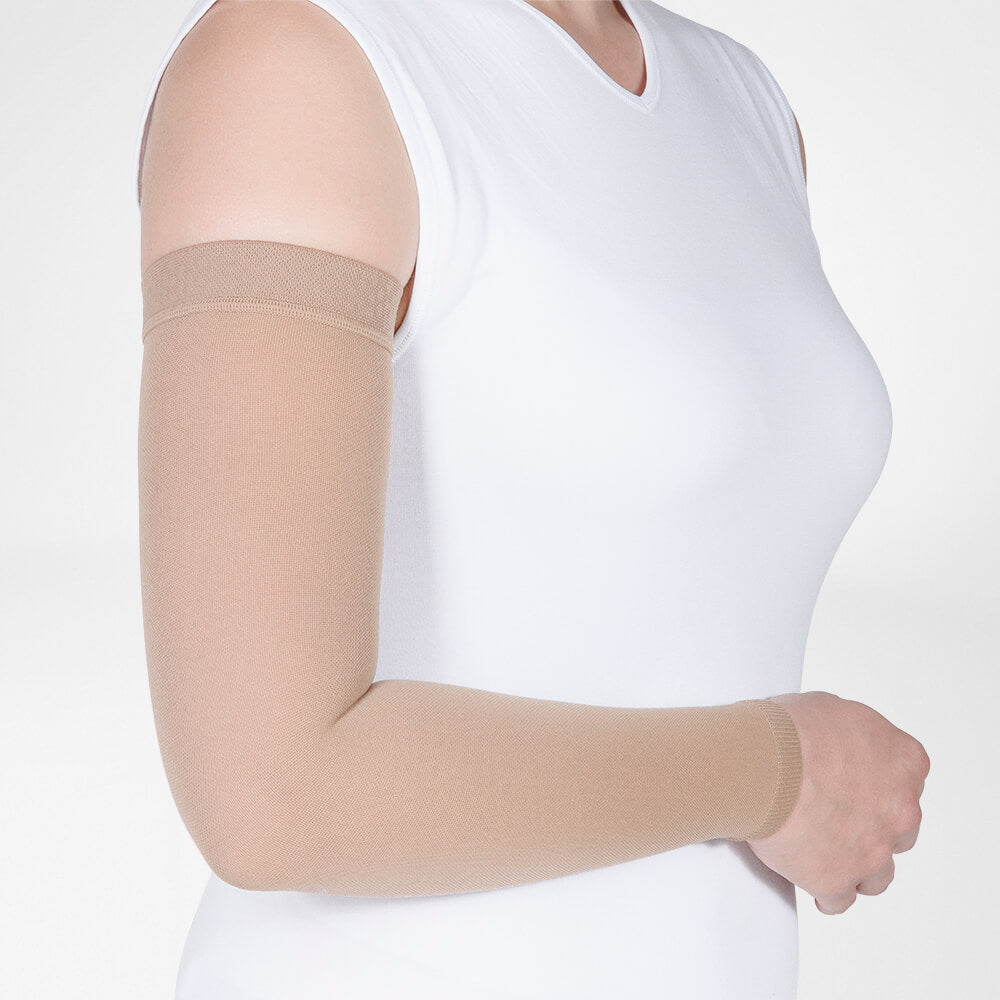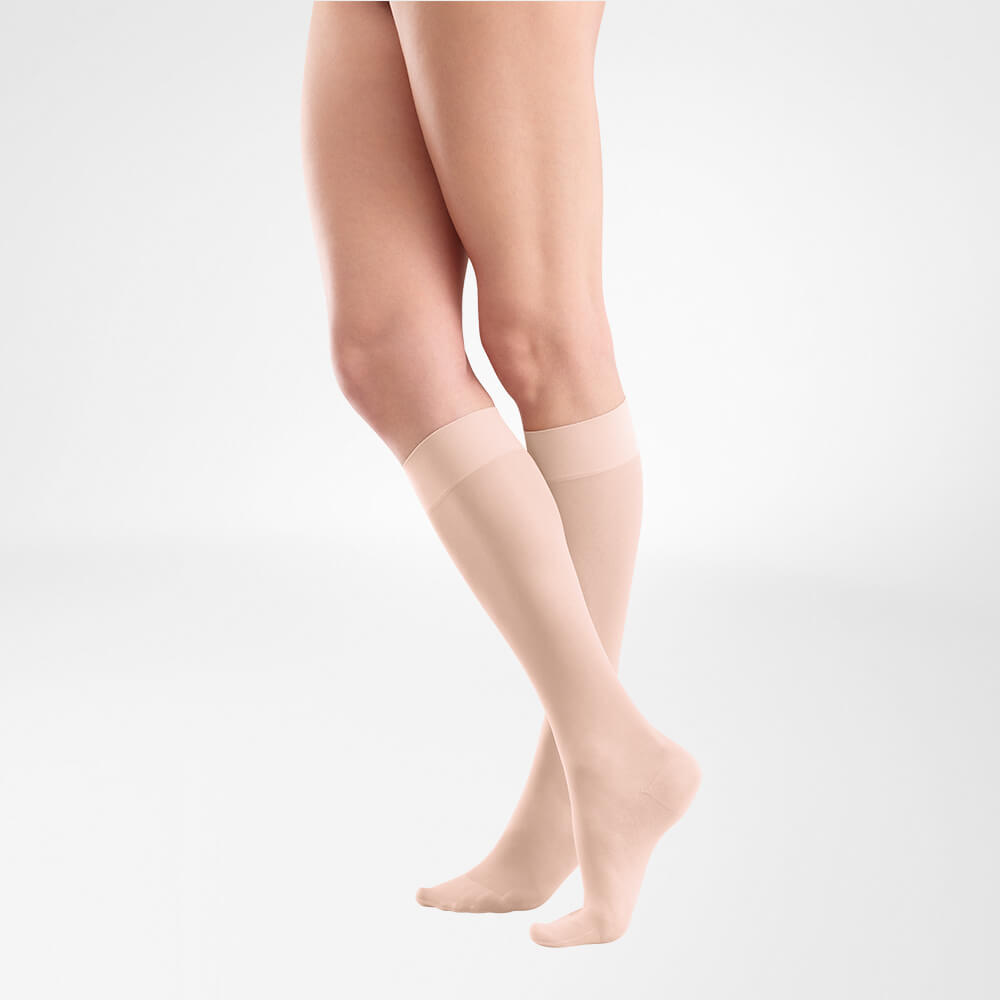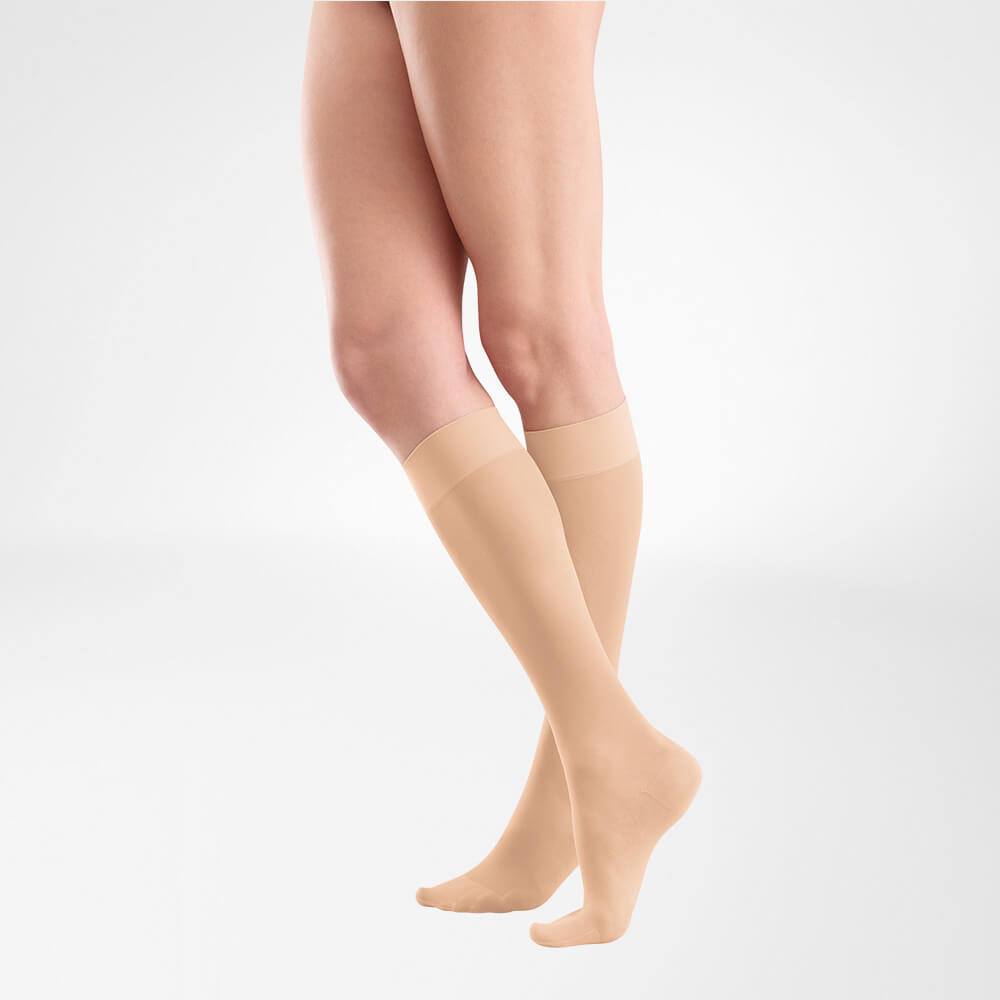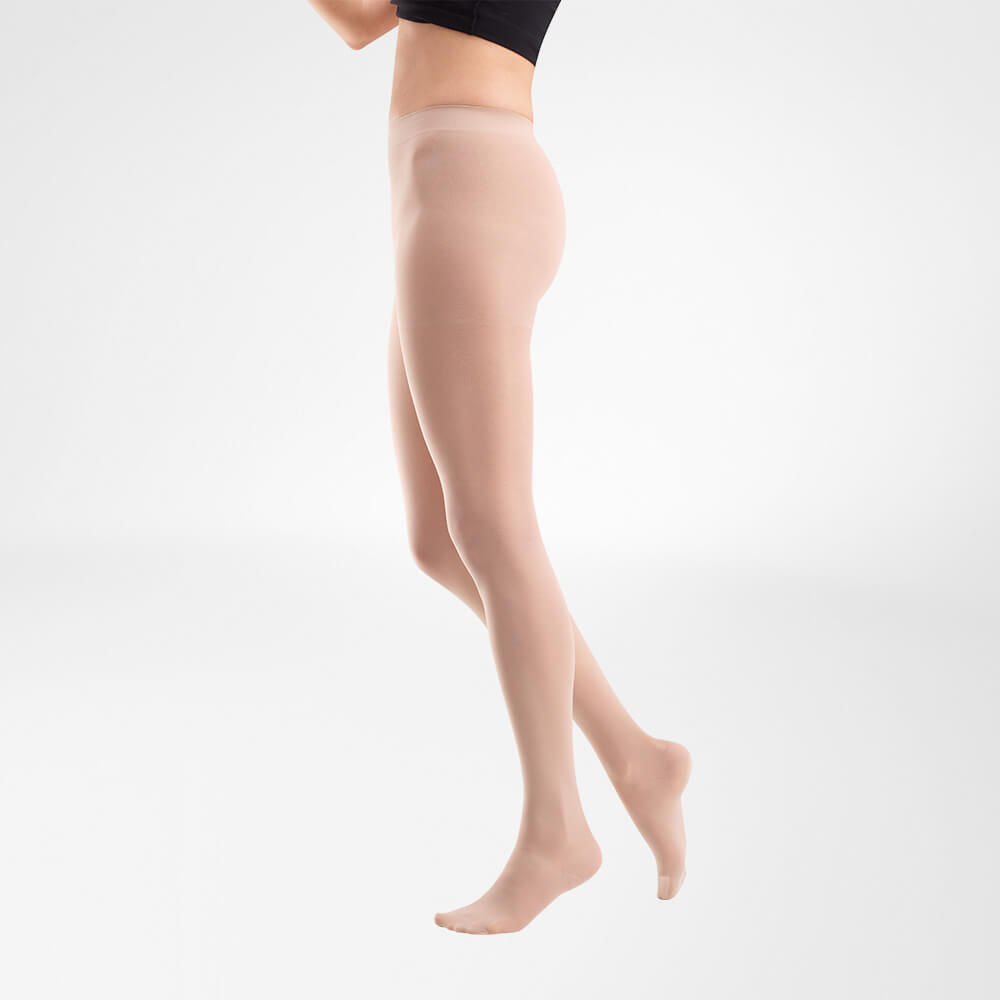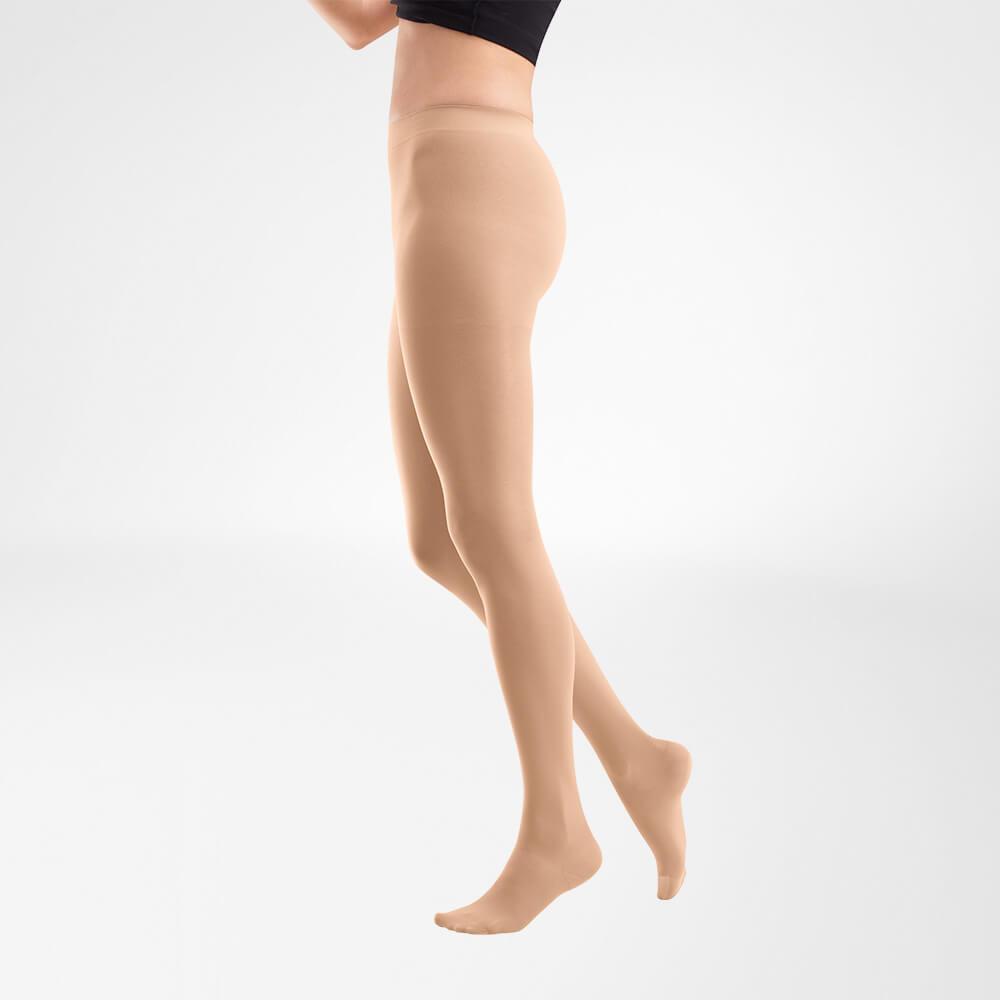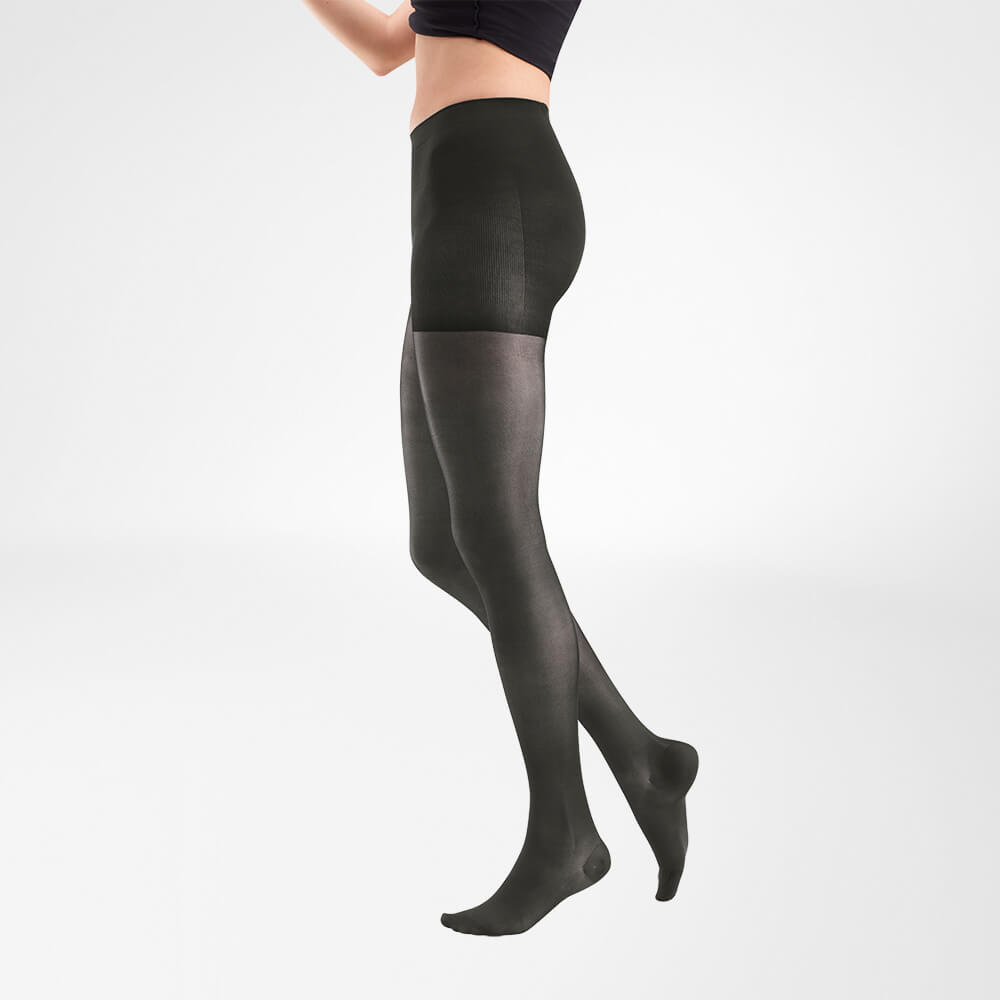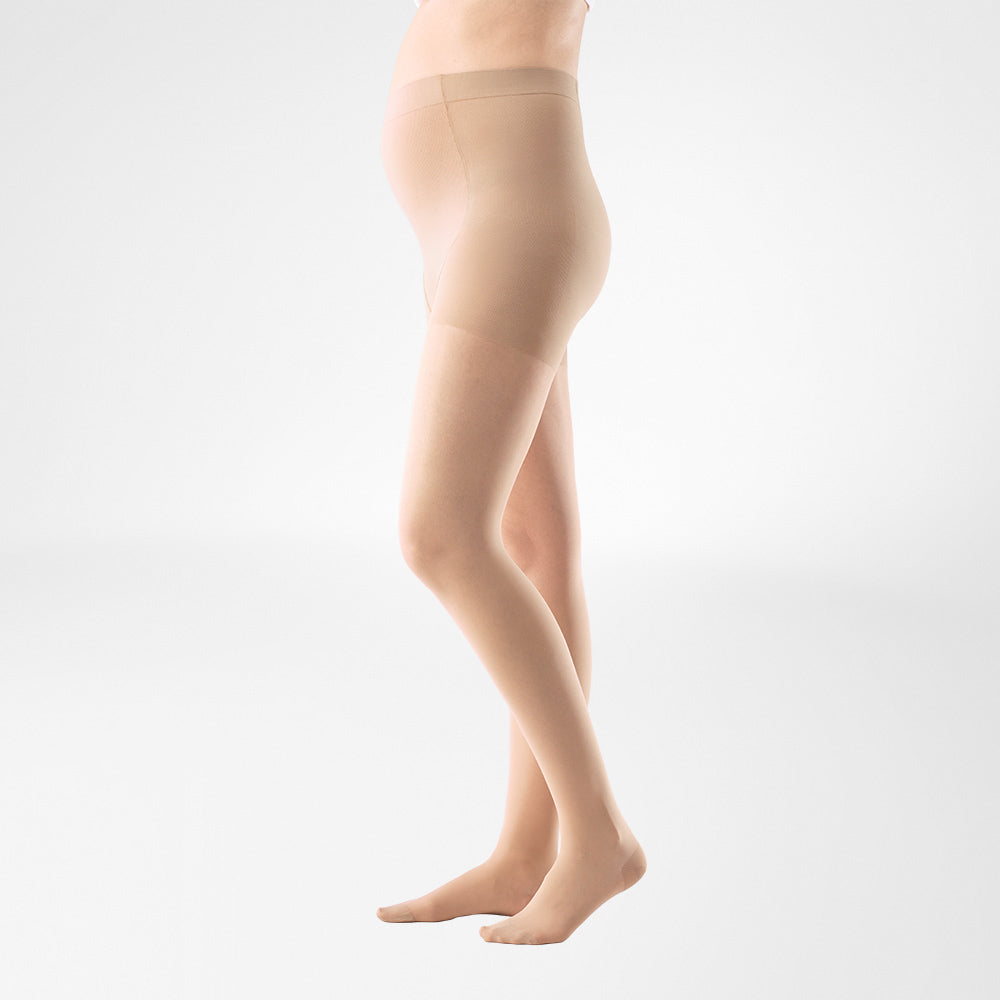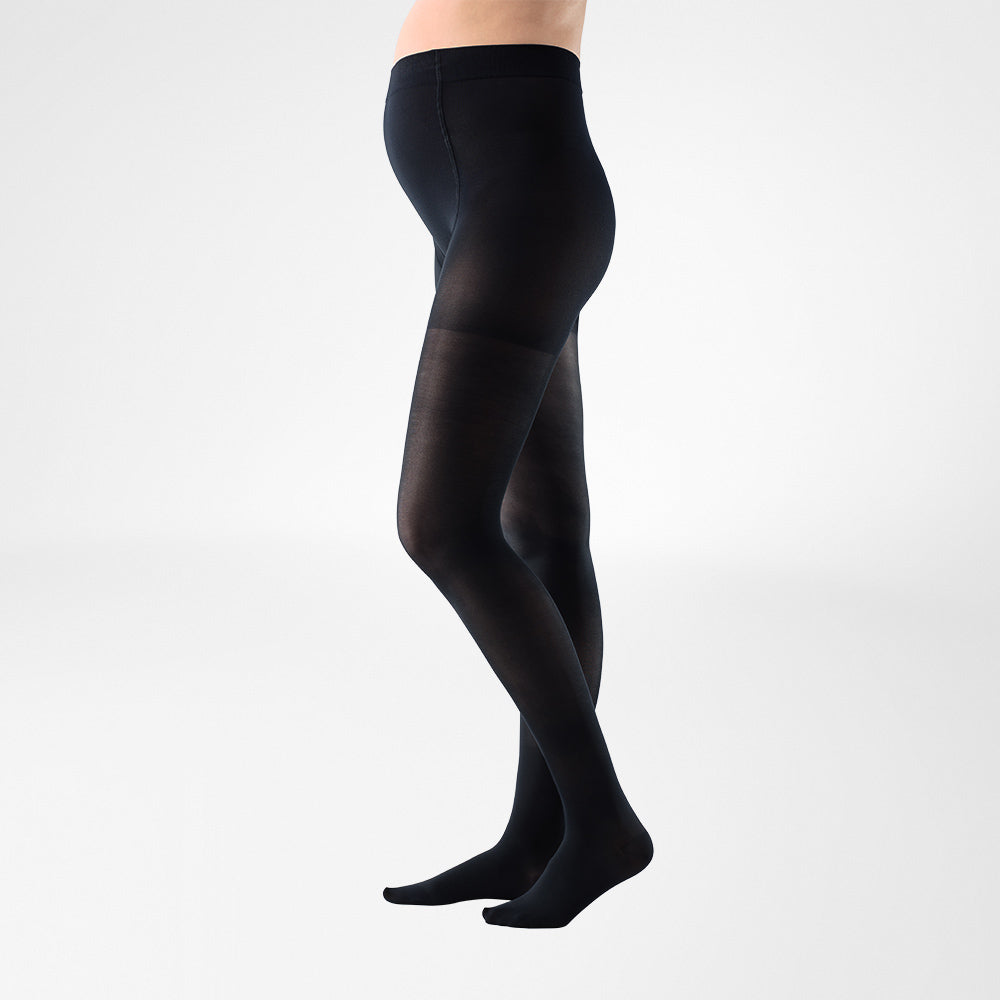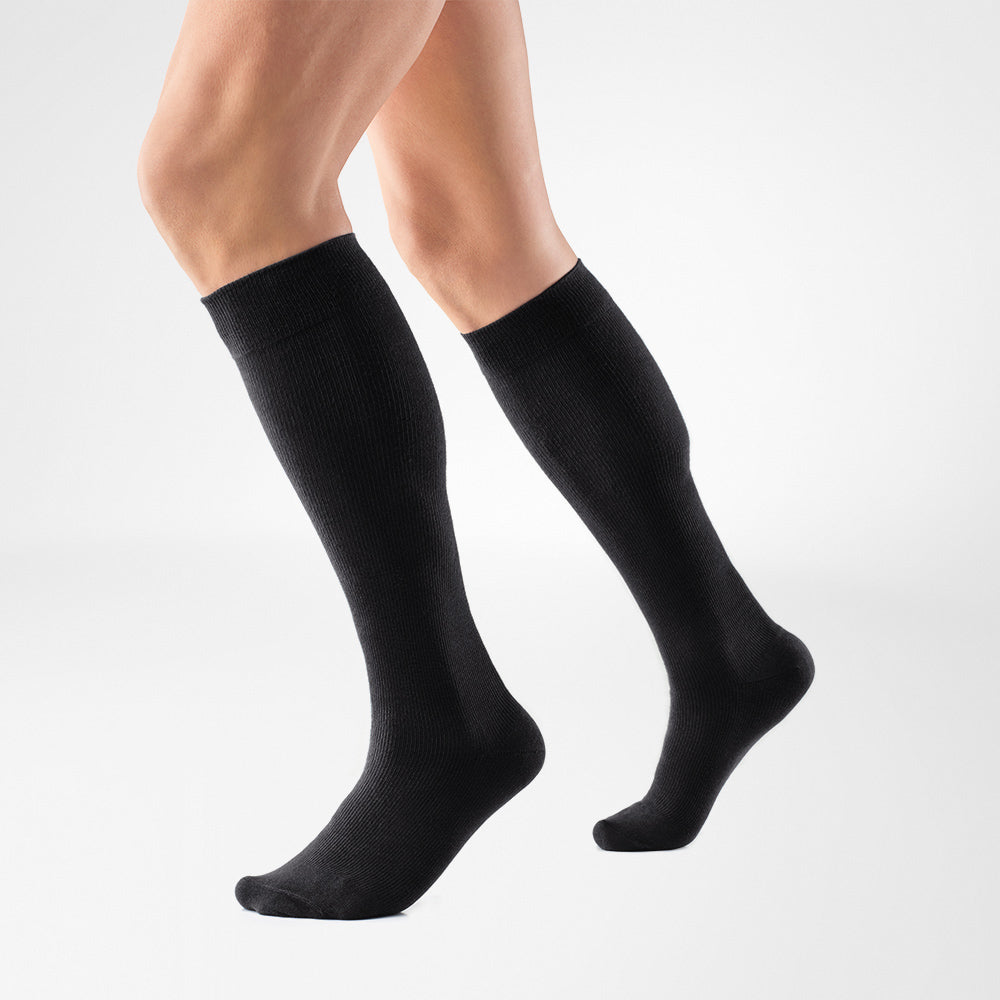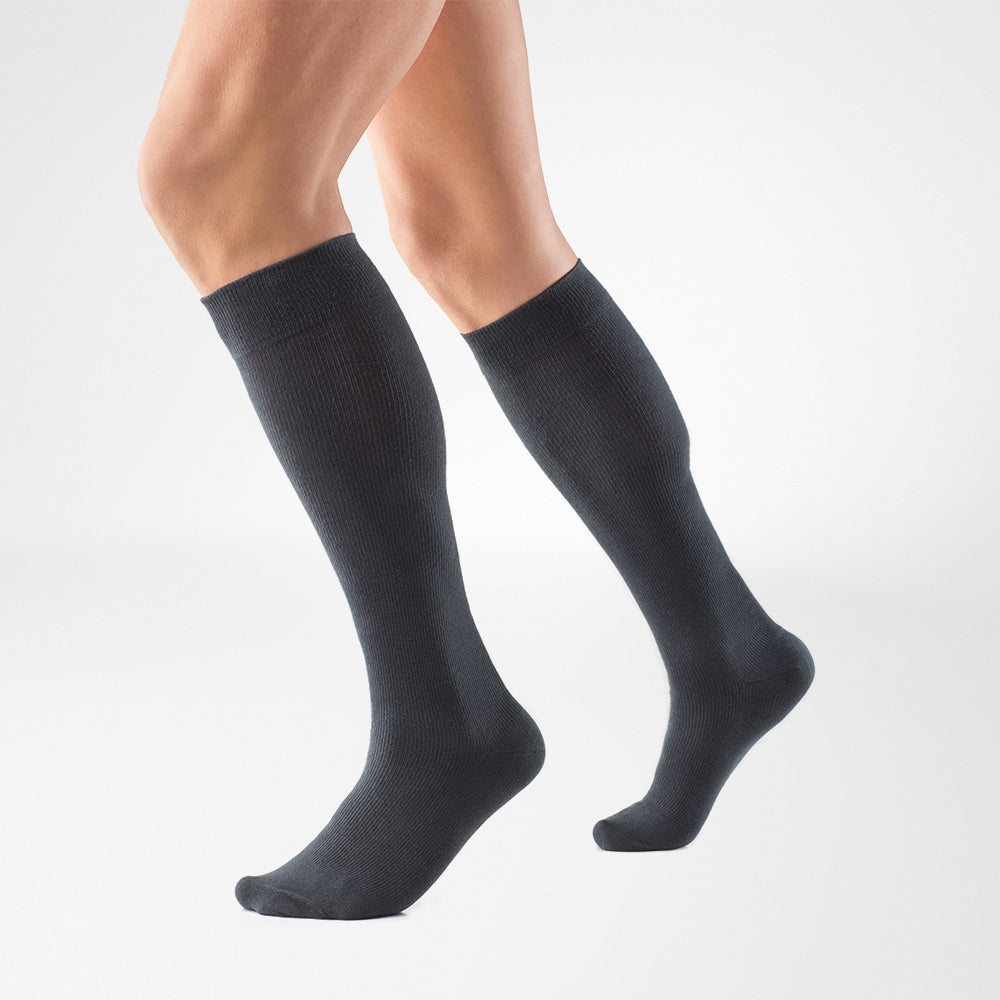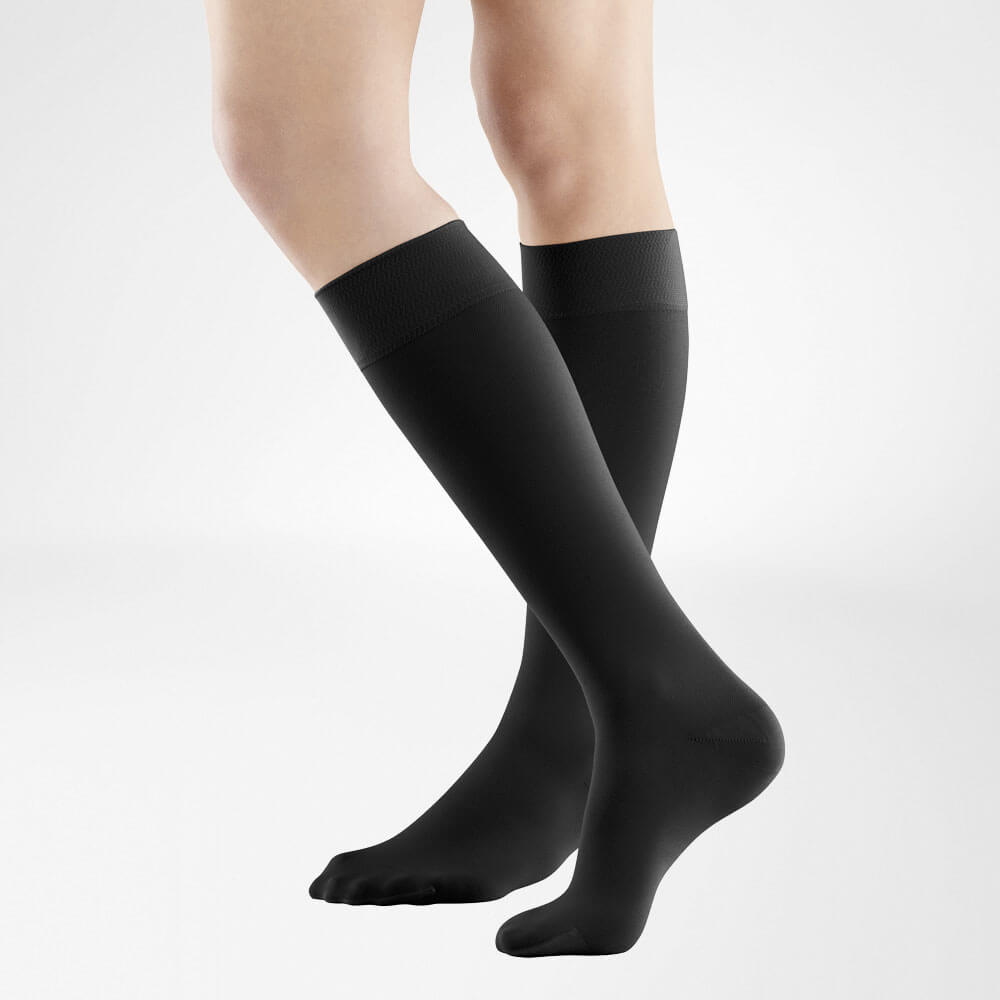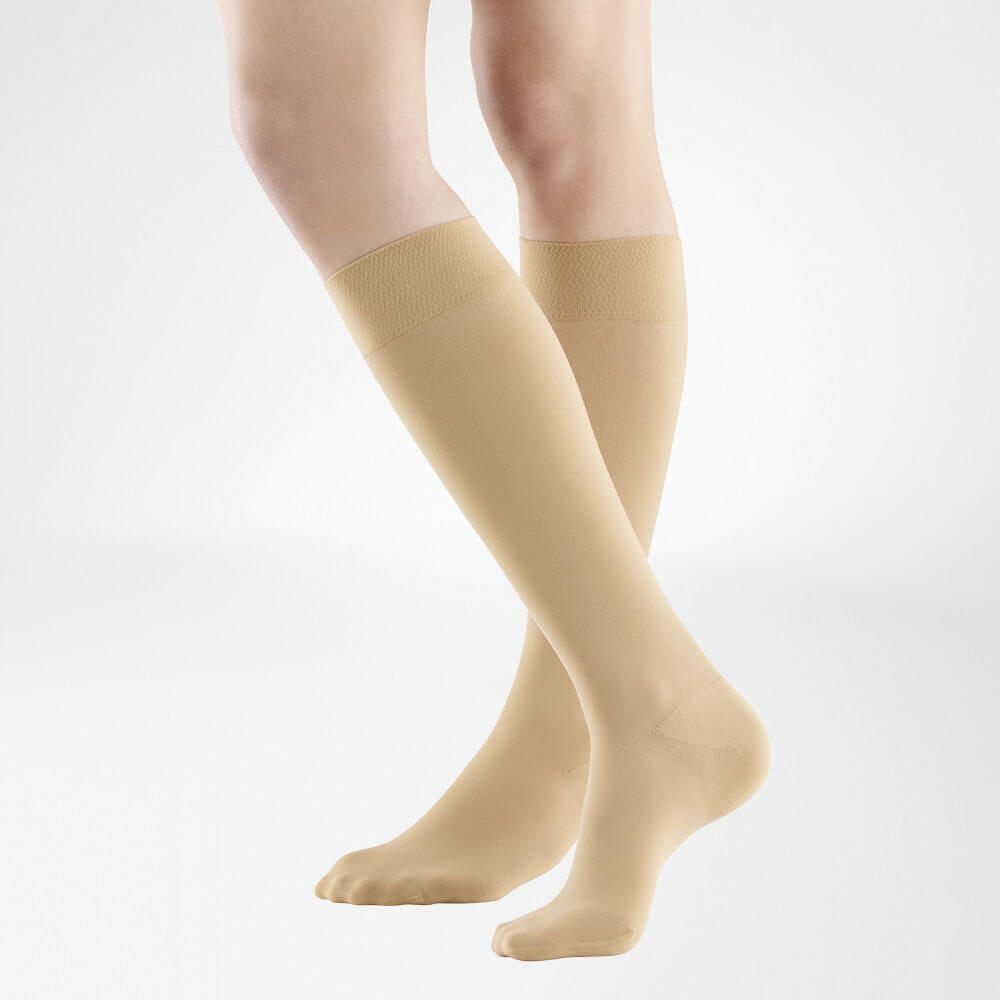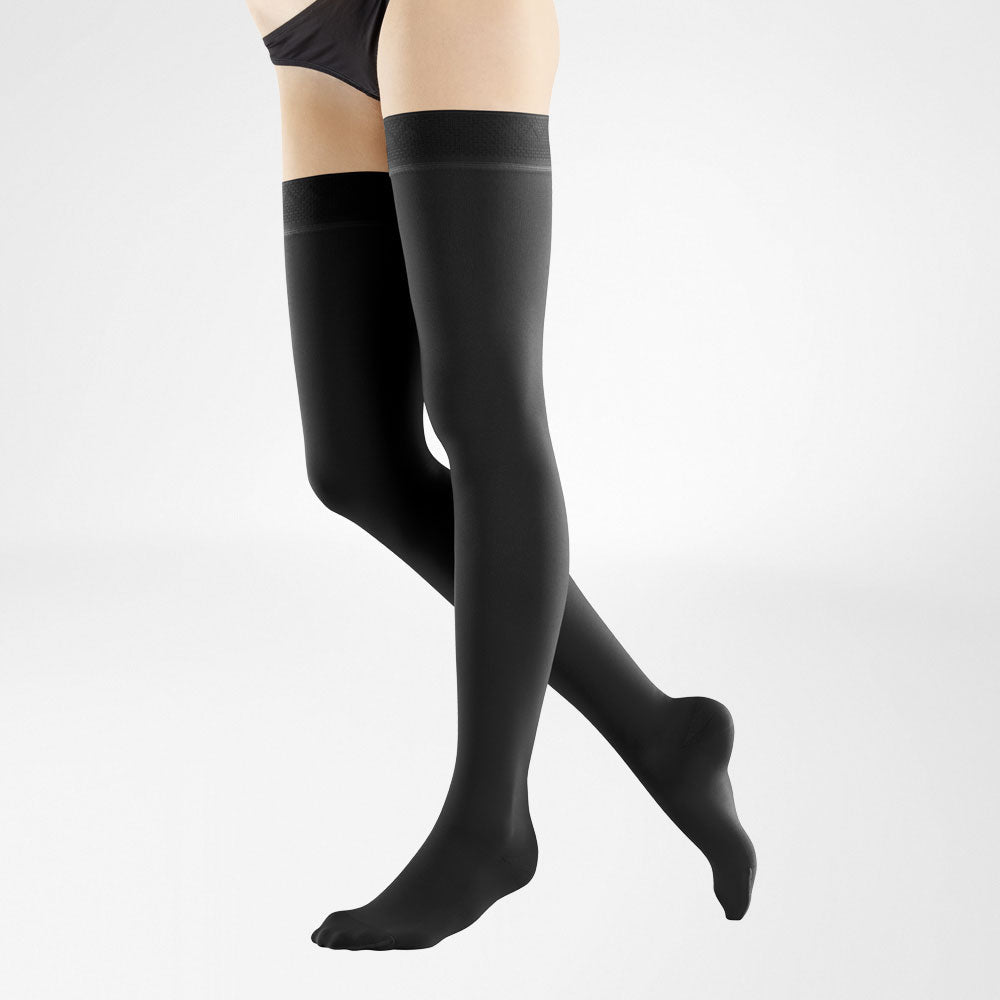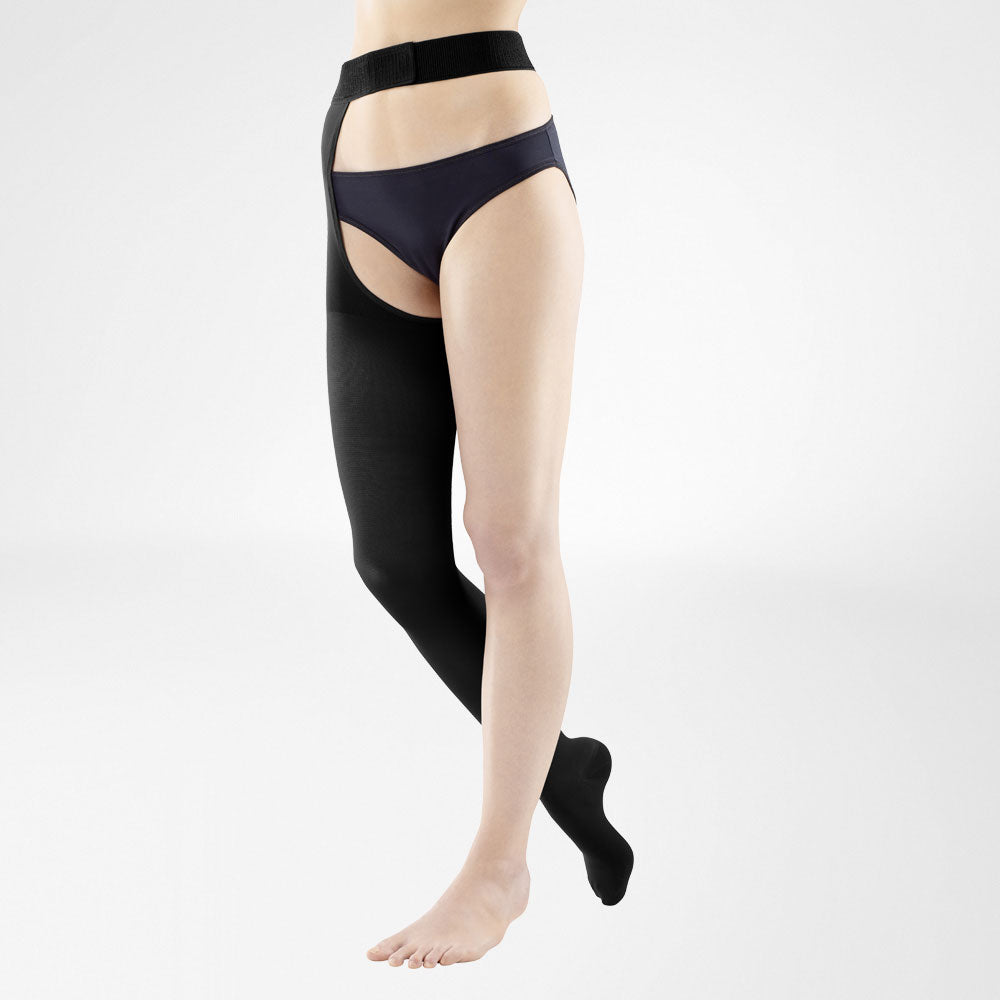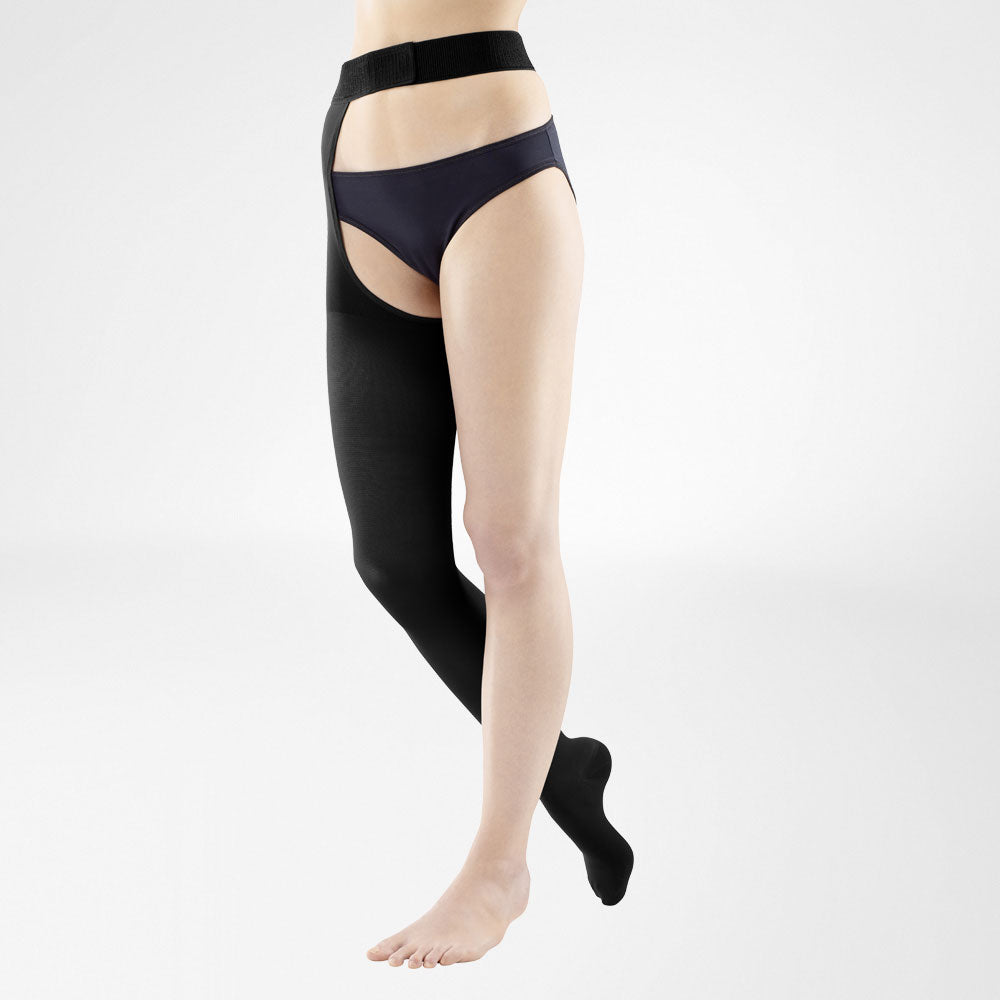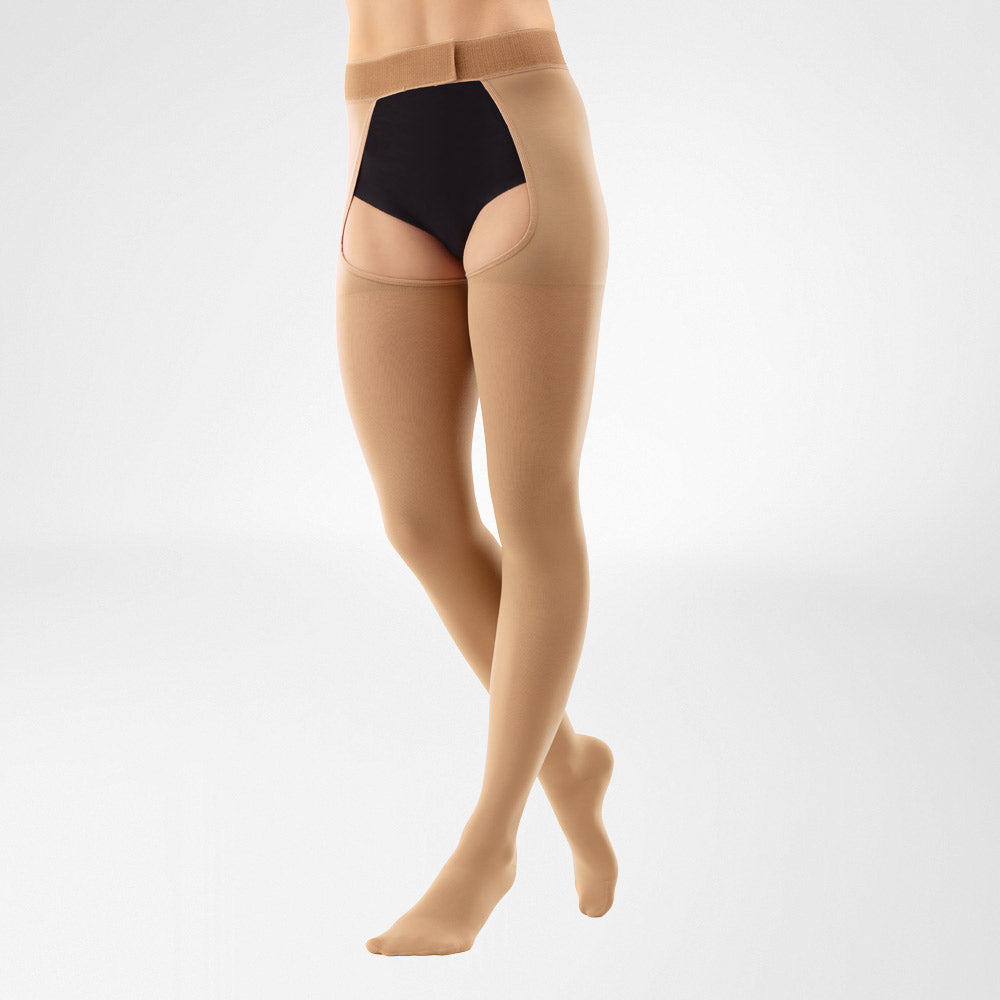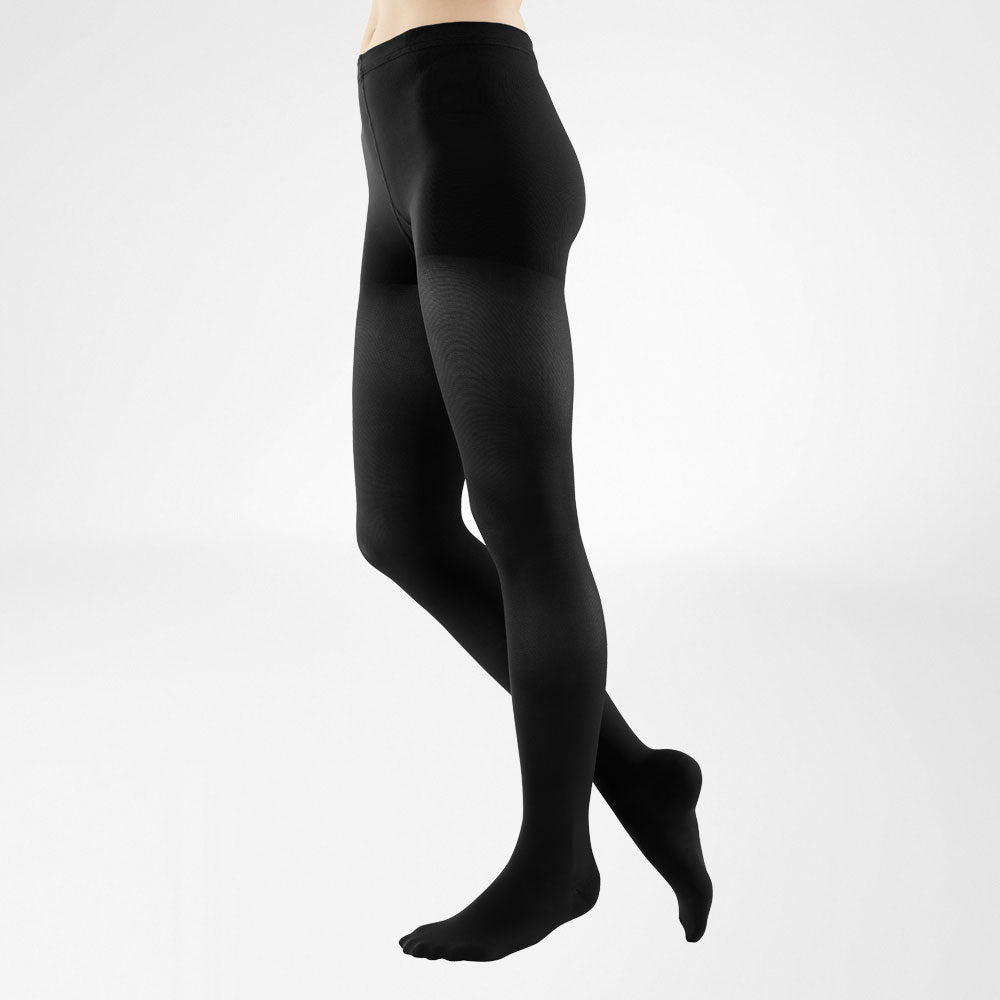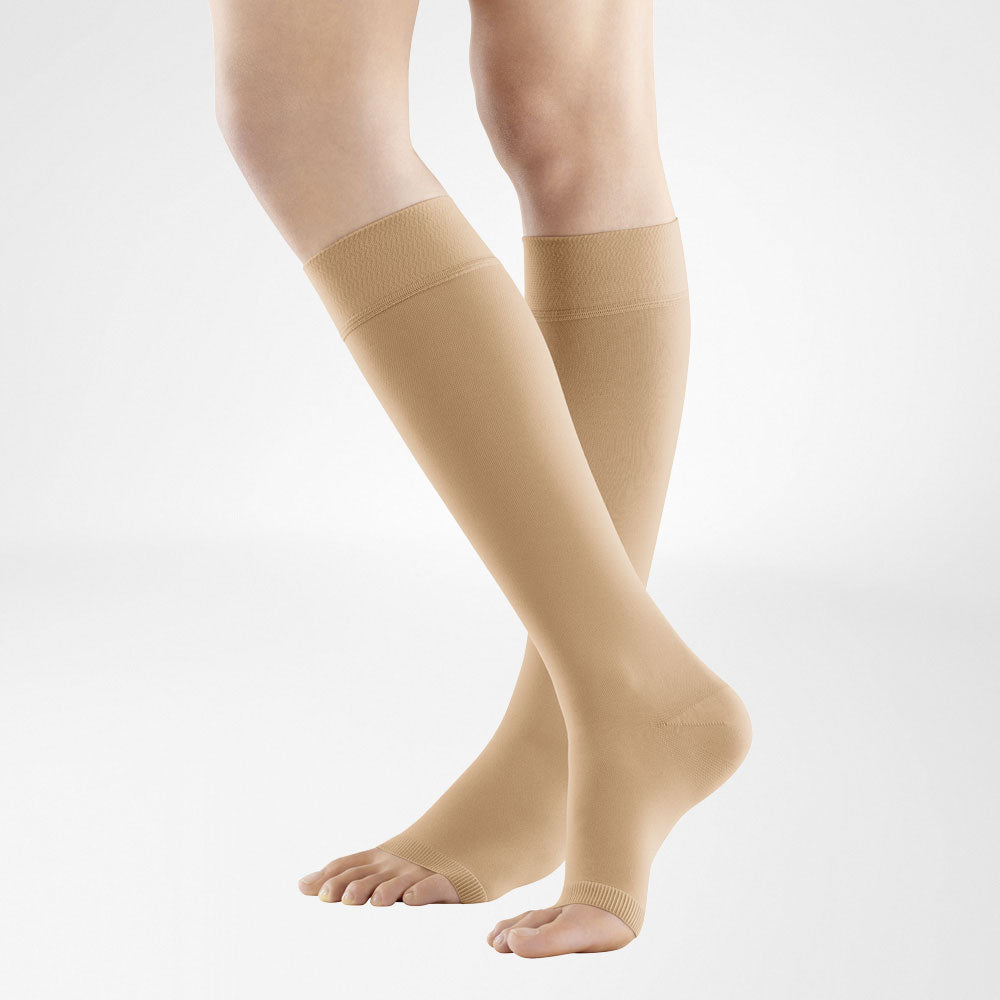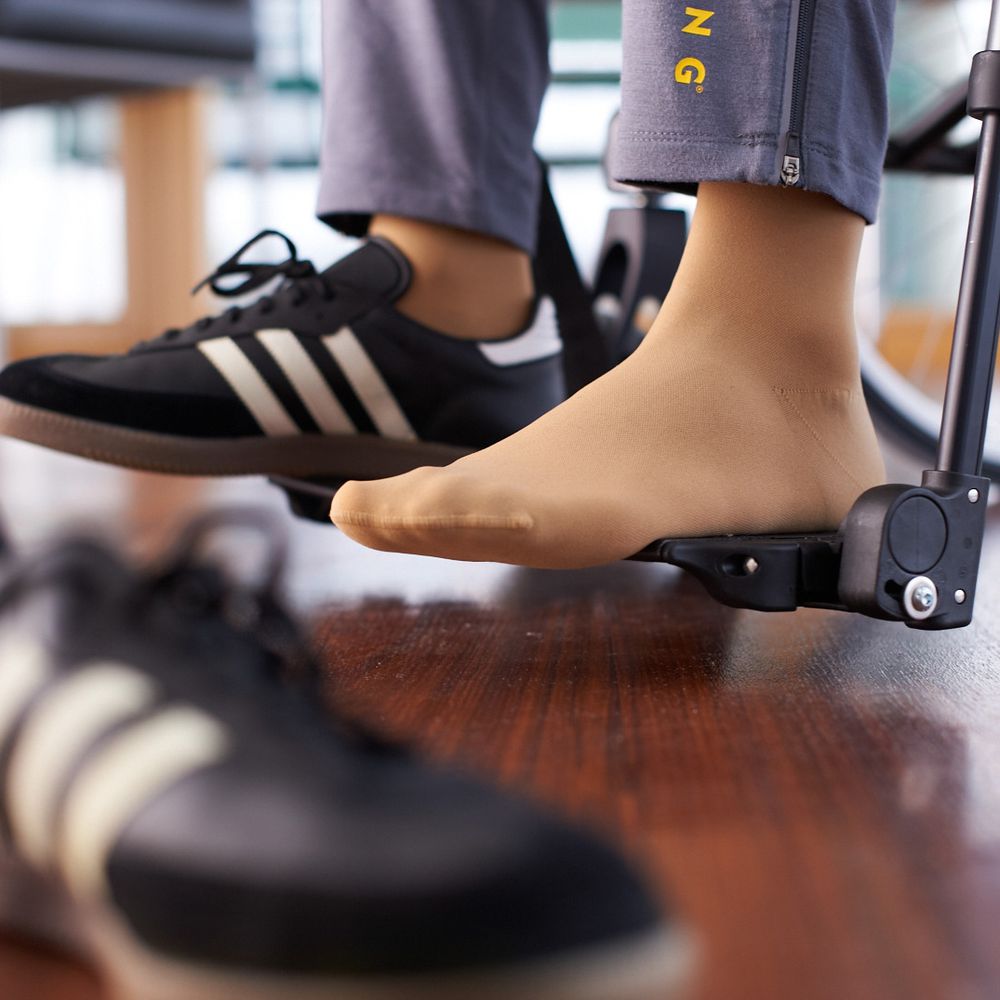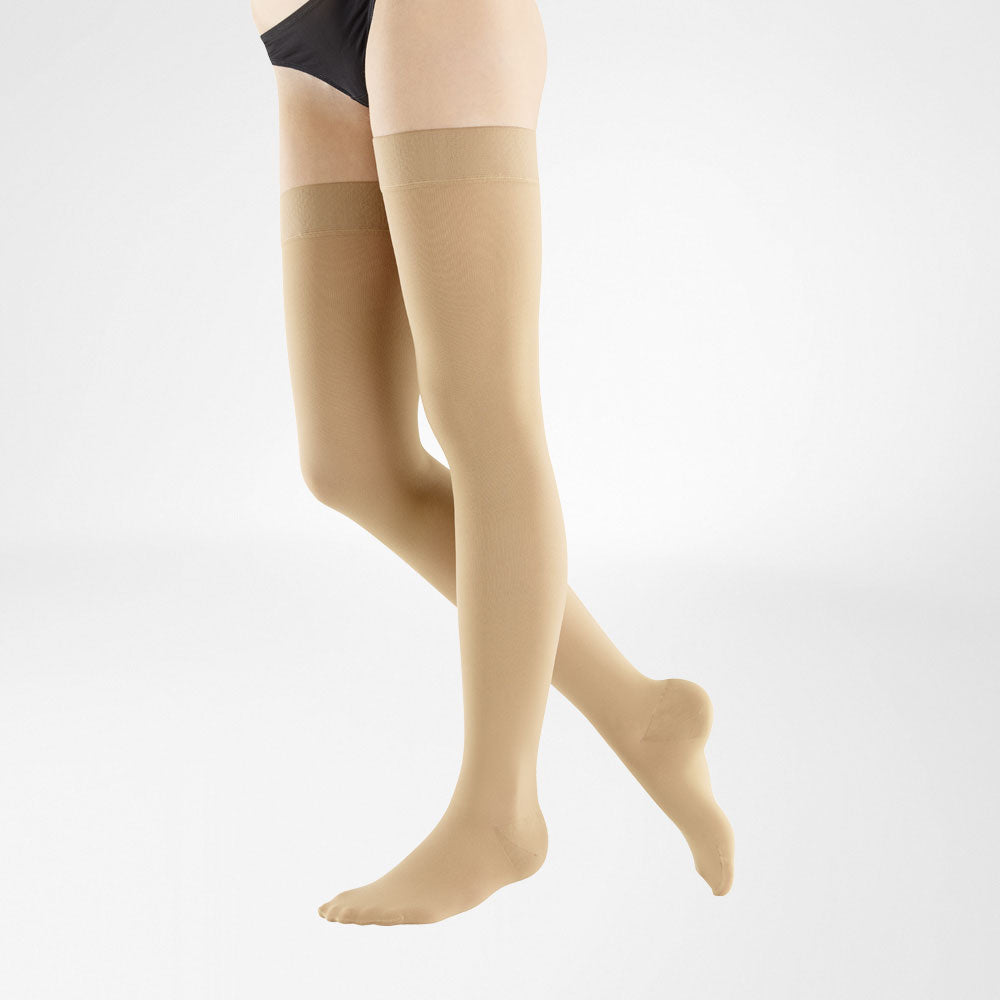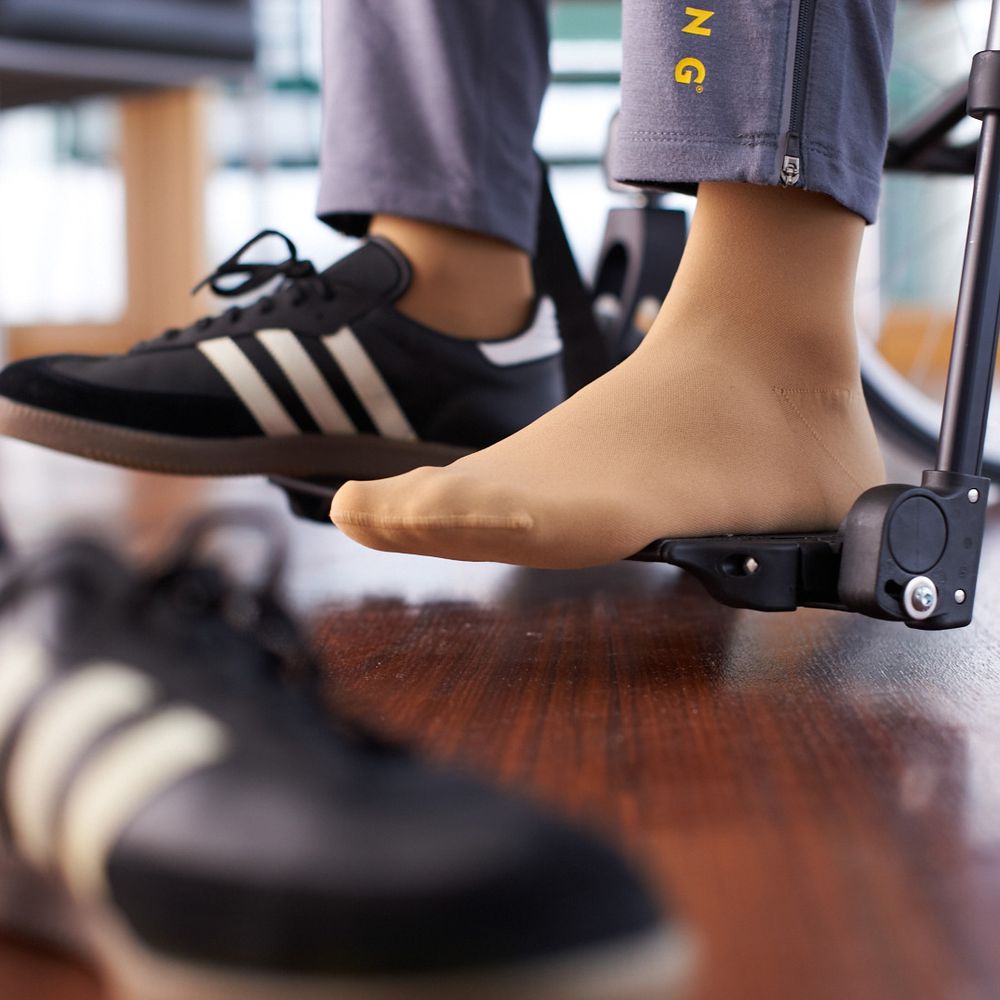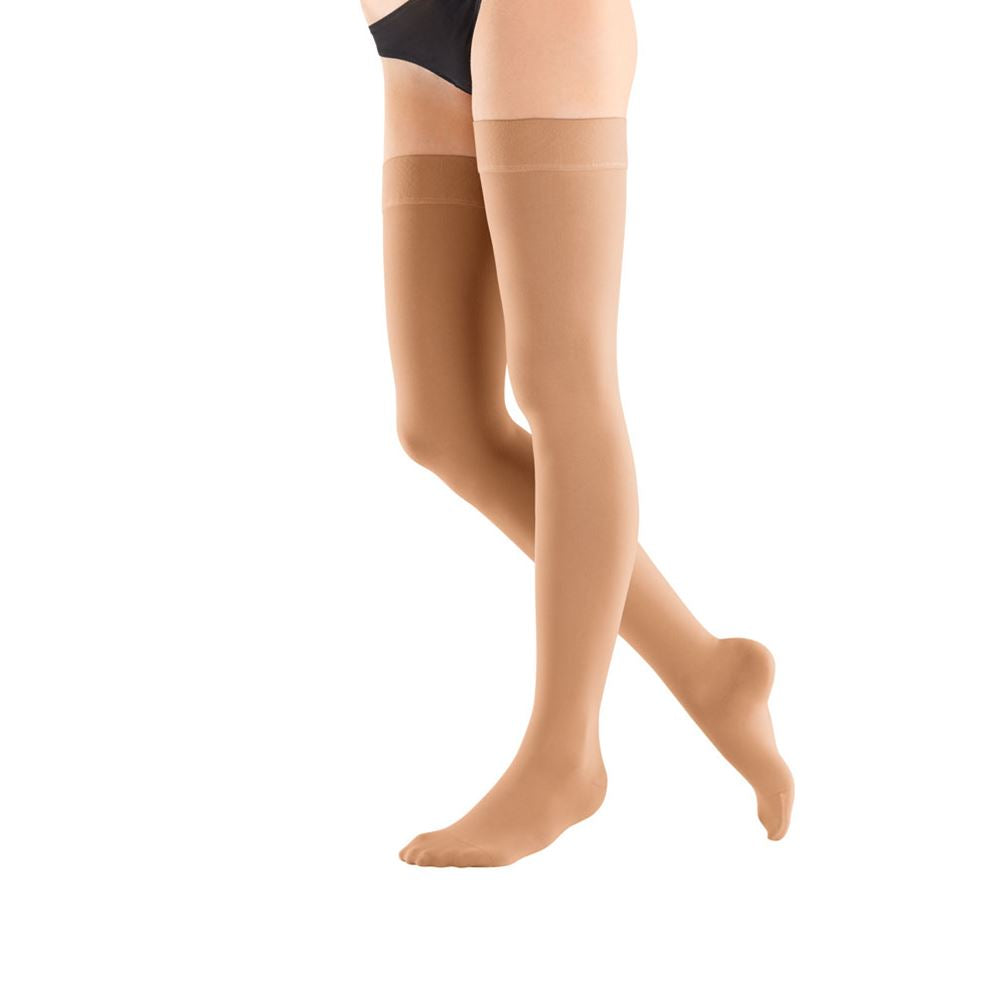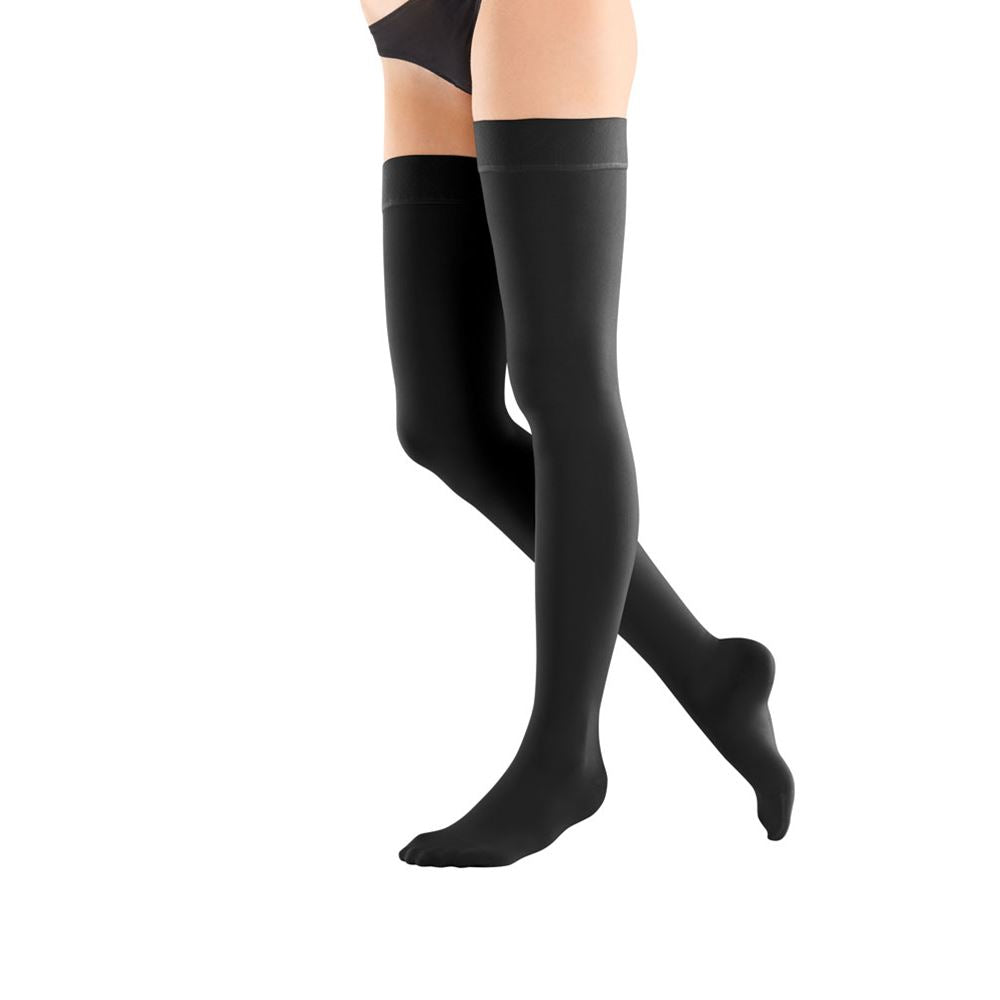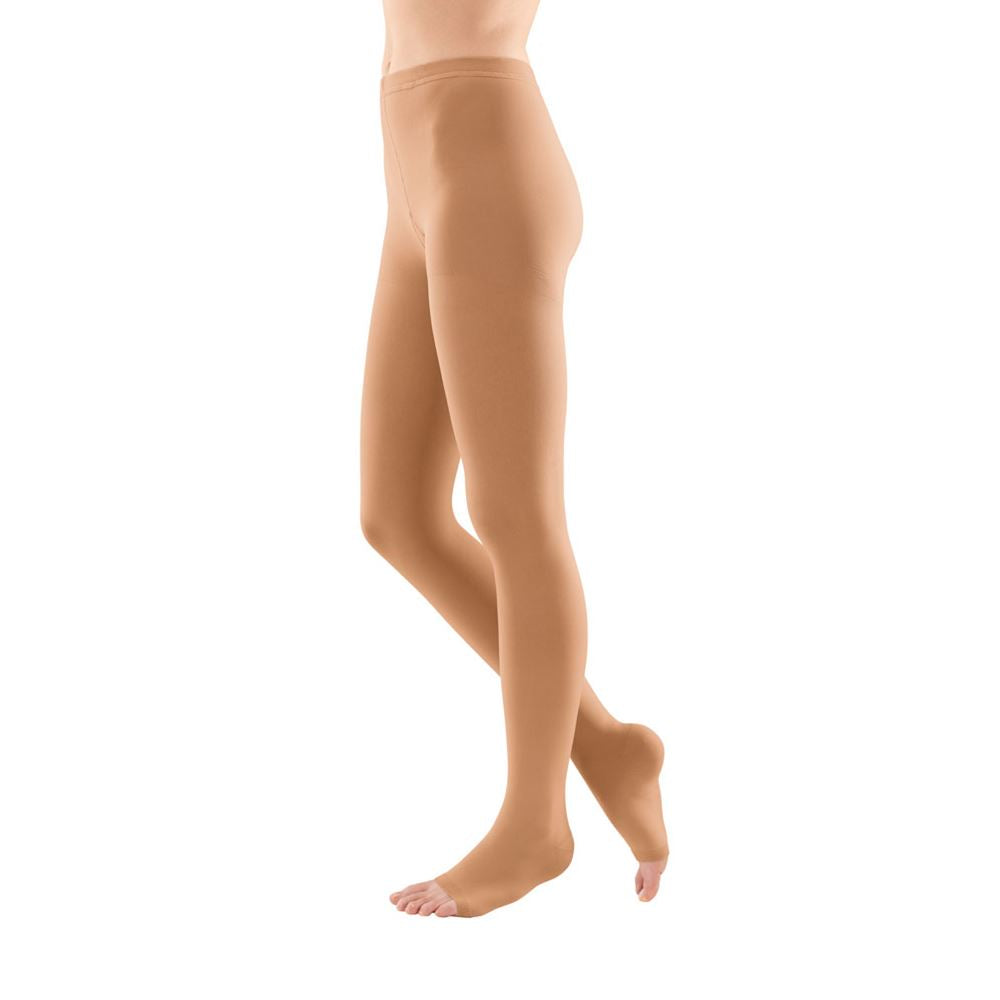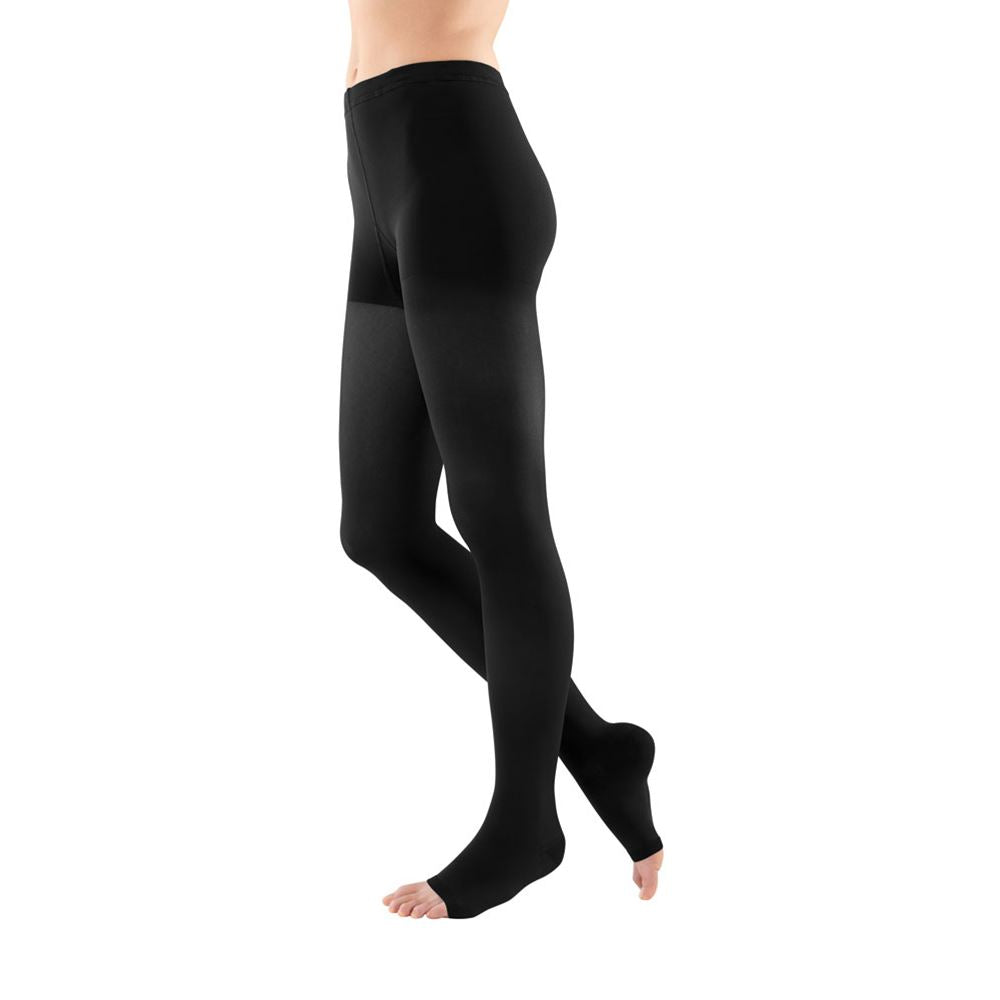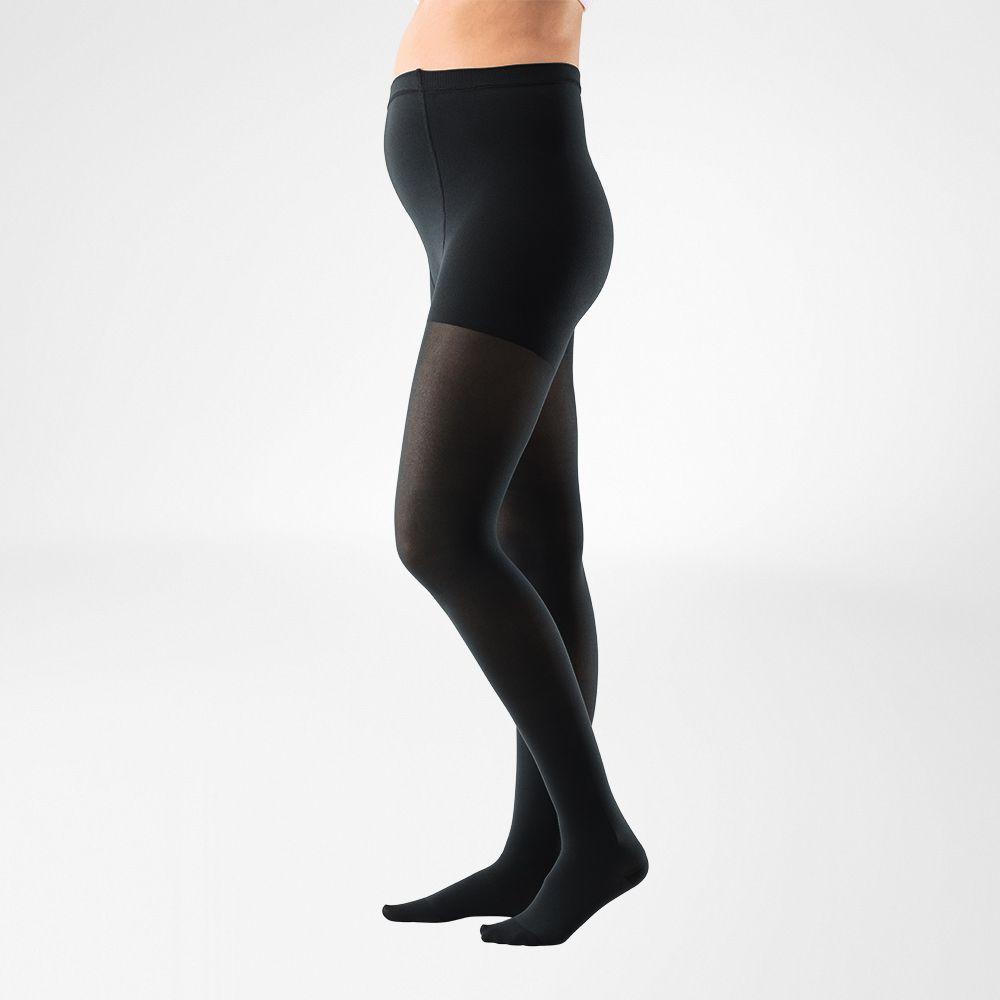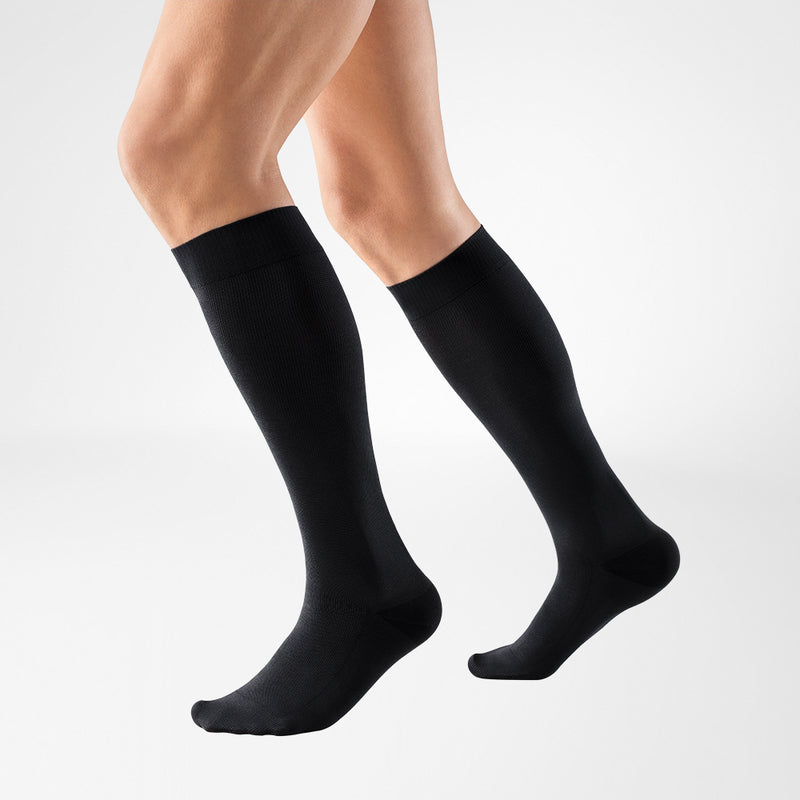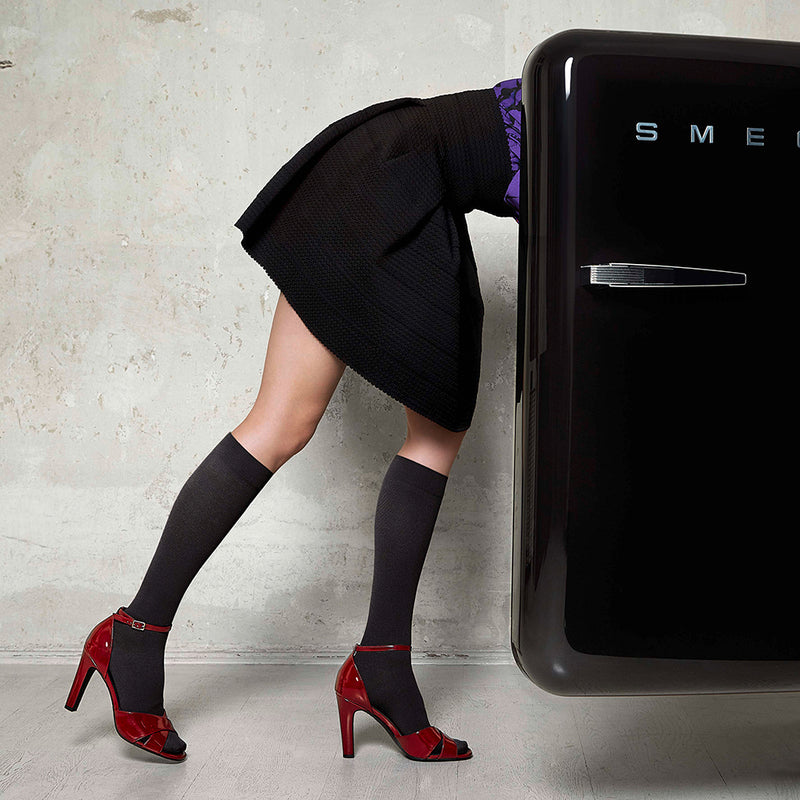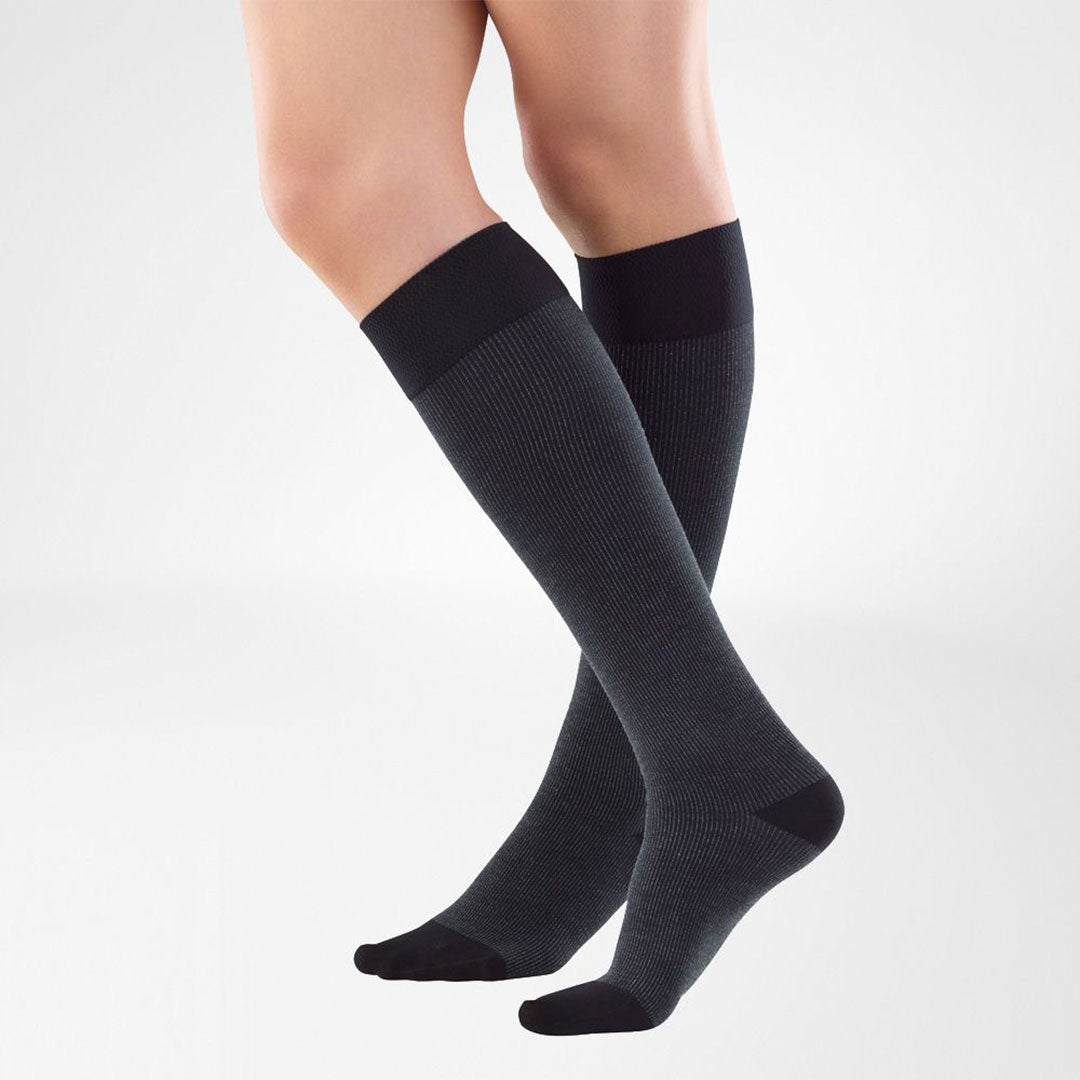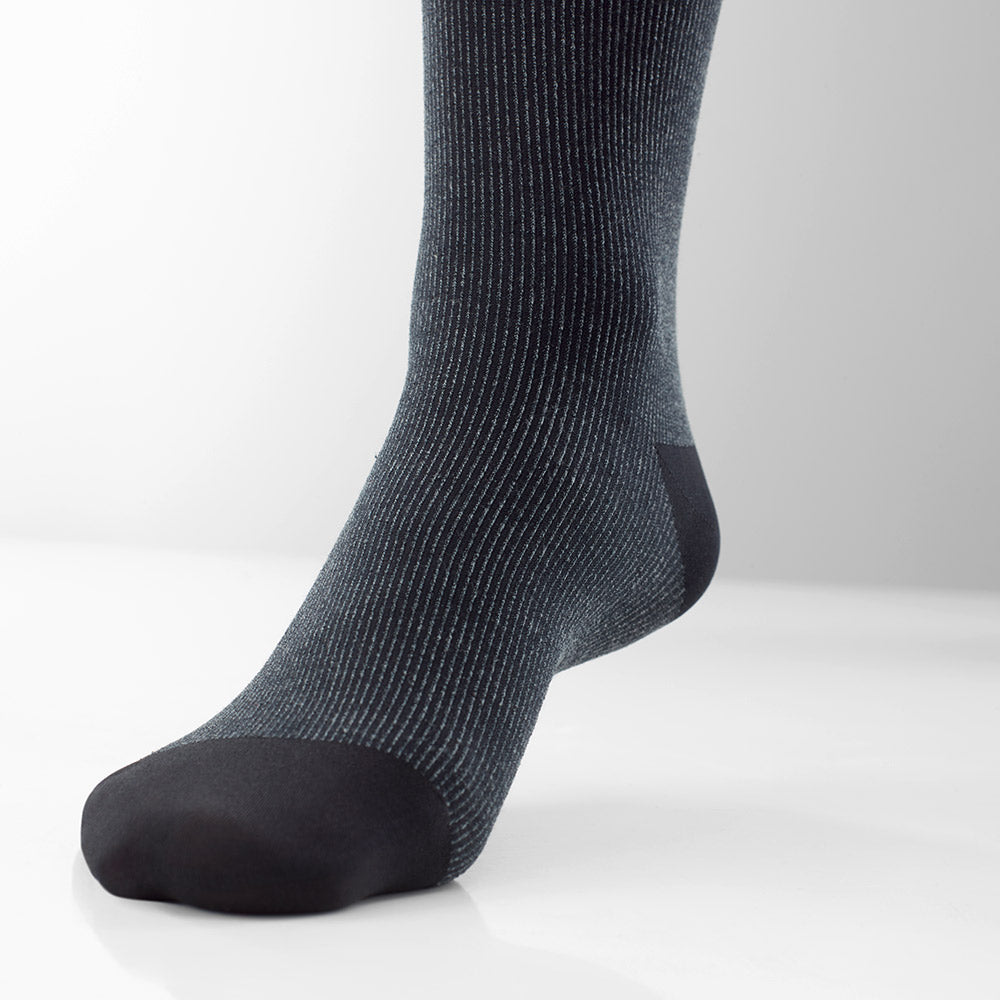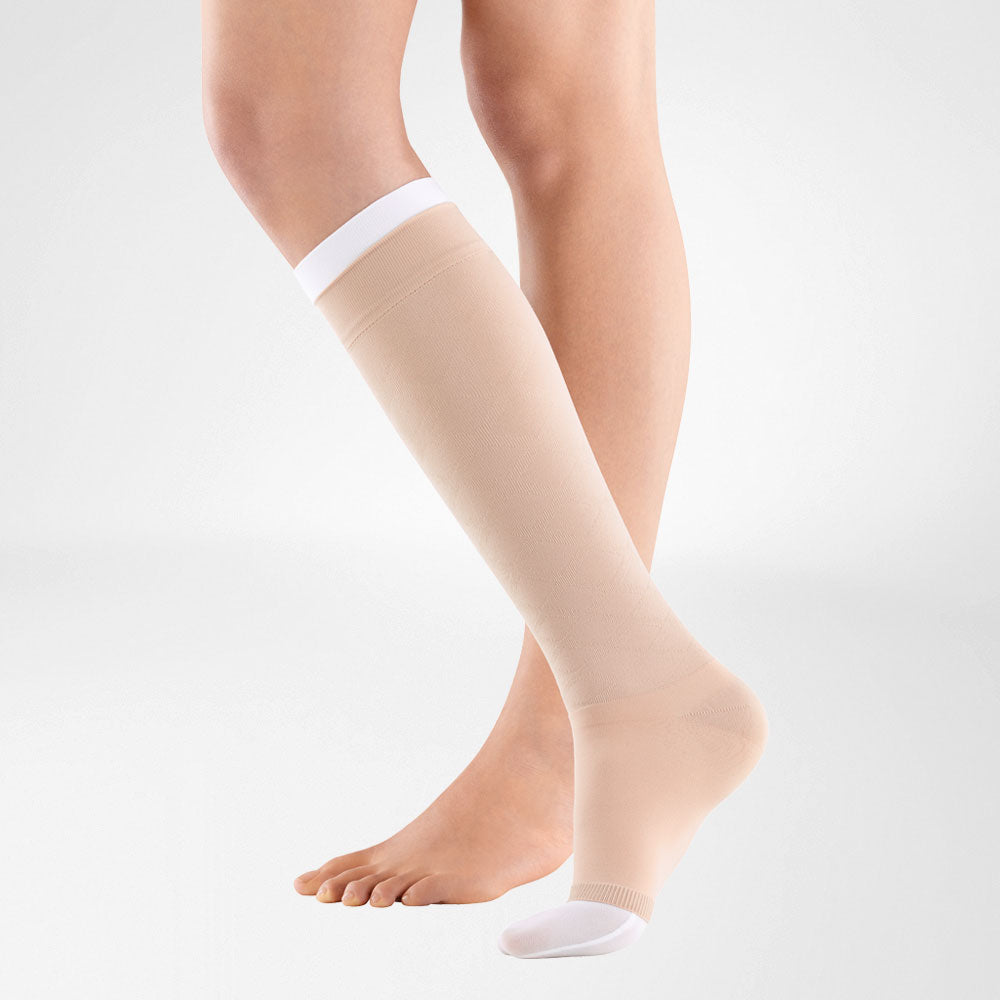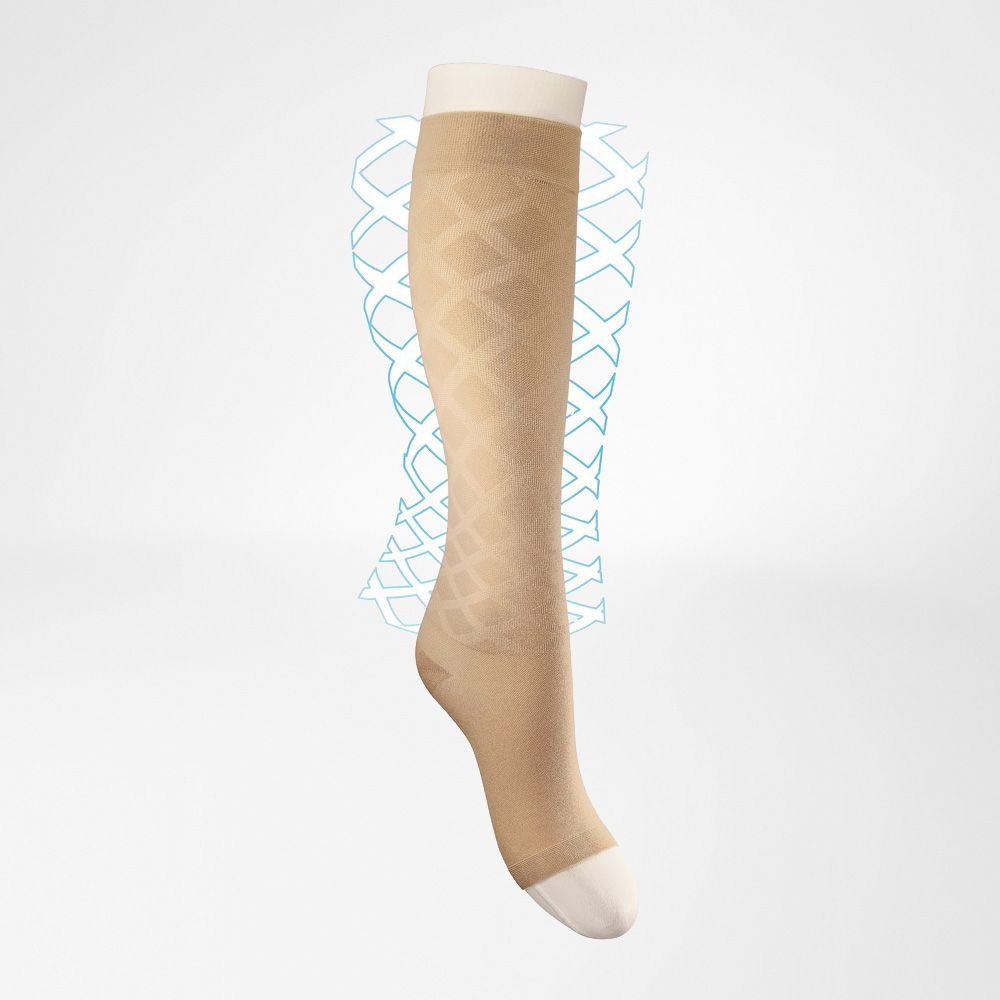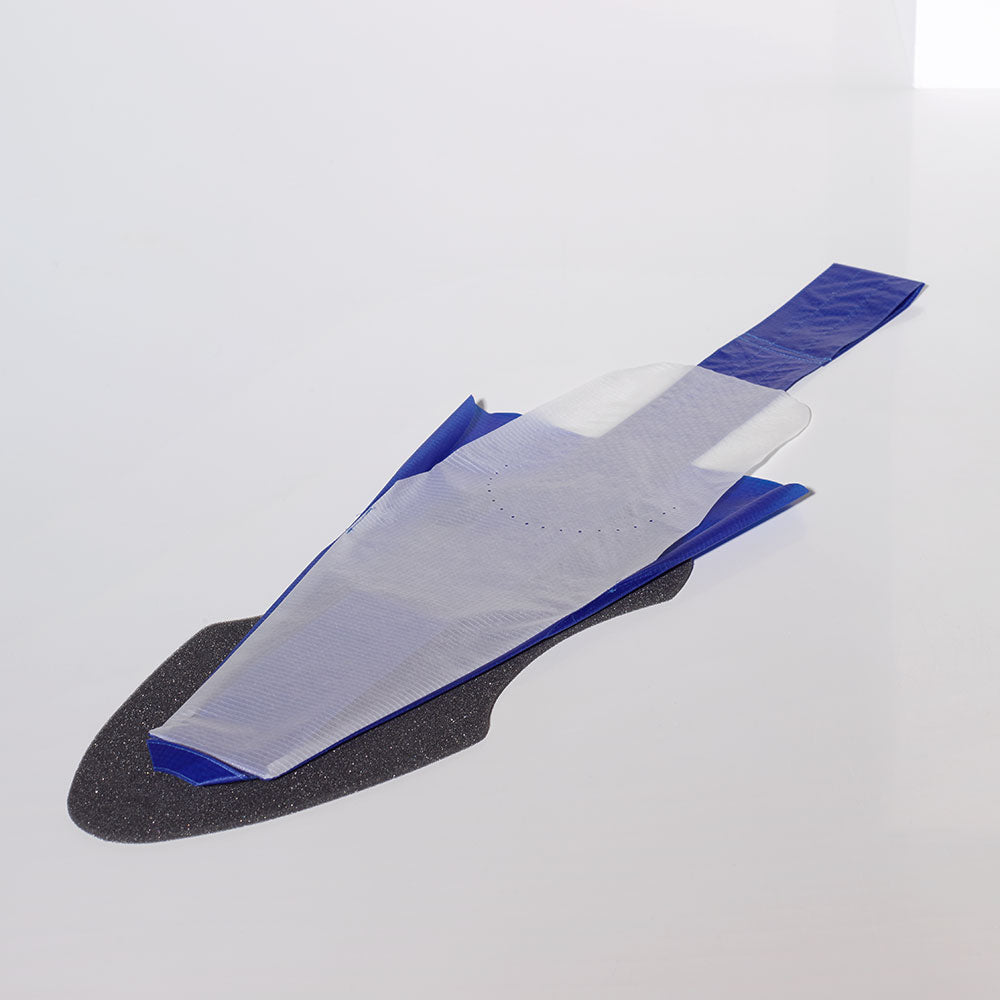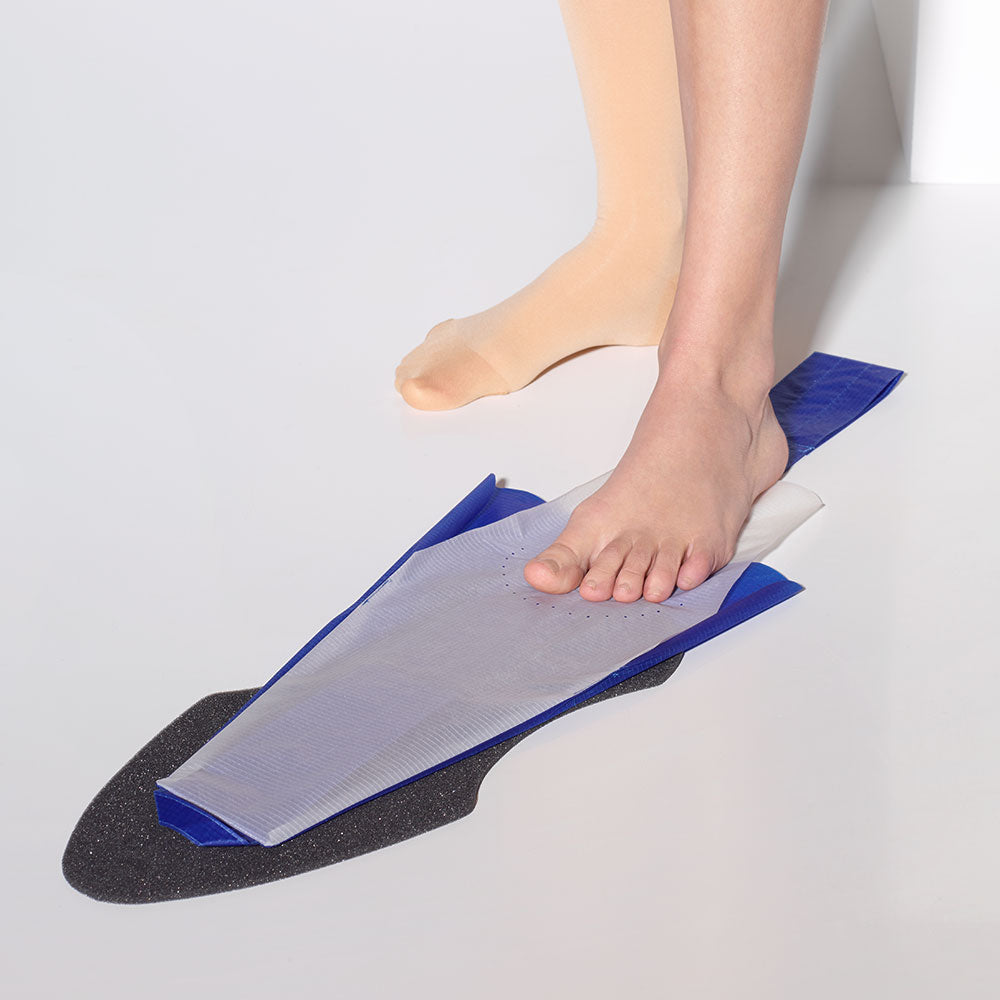Kronisk venös insufficiens (CVI): Ben Venventiler oregelbunden funktion
Vener är sofistikerade blodkärl som transporterar blod från kroppen till hjärtat. De dränerar orent eller syrefattigt blod från kroppens delar och transporterar det till hjärtat.
Svaghet i venklaffarna resulterar i återflöde av blod och ansamling av vätska i benen. Detta resulterar i att en patient utvecklar kronisk venös insufficiens eller CVI.
Milda fall kan behandlas effektivt, men långvarig försummelse och progression av tillståndet kan leda till tryckuppbyggnad som kan resultera i svullnad.
En patient upplever allvarliga obehag och begränsad rörlighet hos extremiteterna. I avancerade fall kan de små blodkärlen brista, vilket leder till allvarliga komplikationer och risk för infektion.
Orsaker till kronisk venös insufficiens (CVI)
Kronisk venös insufficiens är ett resultat av felfunktion i venklaffarna i underbenen. De försvagade ventilerna kan inte pumpa blod mot tyngdkraften.
Detta leder till att blodet sjunker tillbaka och resulterar i att blodpölar samlas i benen. Några av de mest kända faktorerna som leder till svaghet i venklaffarna inkluderar:
- Redan existerande tillstånd eller medfödda defekter som kan leda till att vissa patienter har i sig svaga venösa kärl kan leda till en ökad risk för CVI.
- Ben Ven Trombos även kallad flebotrombos, ett tillstånd där blodproppar bildas i venen och kan öka risken för CVI.
- Inneboende svaga muskler i underbenen som resulterar i svagt tryck för att trycka blodet mot gravitationen.
- Andra faktorer som stressande och fysiskt intensiv aktivitet kan leda till att blodkärlsklaffarna försvagas.
- Långvarig stress på fötterna upplevs vanligtvis av patienter som tillbringar mycket tid på att stå på fötterna på grund av deras arbete. Till exempel personer som arbetar inom besöksnäringen och detaljhandeln.
- Övervikt eller fetma kan leda till ökat tryck på benen som kan leda till utveckling av CVI.
Tecken och symtom på kronisk venös insufficiens
Några av de vanligaste symtomen förknippade med kronisk venös insufficiens, CVI inkluderar:
- Det första tecknet på ett vaskulärt problem som CVI är uppkomsten av spindelvener i underbenen. Dessa är tydligt synliga genom huden.
- Det finns en förstoring av dessa vener. Läkare hänvisar ofta till dessa som åderbråck. Vanligtvis är dessa tjocka utskjutande blodkärl som kan kännas externt. Venerna är ofta mycket synliga genom huden.
- Ökad vätskeansamling, börjar vanligtvis i fötterna och stiger till underbenen. Detta beskrivs ofta som tunga ben av patienter som lider av detta tillstånd.
- När sjukdomen fortskrider sker en nedbrytning av styrkan i venerna som förvärras med tiden.
- I svåra fall är det betydande svullnad och bildning av bucklor i de svullna armarna när tryck appliceras på huden. Dessa tenderar att avta med tiden.
- Patienter kan utveckla torr och kliande hud i det drabbade området.
- Den oregelbundna blodcirkulationen kan ha oförutsedda effekter som minskad läkning vid skada.
Diagnos av kronisk venös insufficiens
En fullständig patienthistoria och fysisk undersökning kan göra det möjligt för en professionell läkare att samla nyckelinsikter om de involverade riskfaktorerna och tillståndets utveckling.
Läkare följer vanligtvis CEAP-klassificeringen (Clinical Findings) för att särskilja olika stadier av sjukdomens progression. De 6 olika stadierna som markeras med följande symtom inkluderar:
- C 0: Inga synliga tecken på venös sjukdom
- C 1: Spindelvener, telangiektasier (förstorade blodkärl), retikulära vener (nätvener som verkar blåaktiga genom huden)
- C 2: Åderbråck utan tecken på CVI
- C 3: Åderbråck med ödem (vätskeretention)
- C 4: Åderbråck med trofiska (vävnadsrelaterade) hudförändringar
- C 5: Åderbråck med läkt sår (sår)
- C 6: Åderbråck med uttalat sår (öppet ben)
Det rekommenderas starkt att patienter söker läkarvård vid första tecken på symtom associerade med CVI. På lång sikt riskerar patienterna att få allvarliga skador på sina blodkärl, vilket kan kräva operation en dag.
Om blodflödet störs får detta alltid långtgående konsekvenser som kan påverka hela kroppen. Kursen kan dock stoppas eller åtminstone bromsas genom tidig behandling och träning. En tidig diagnos är den bästa prognosen.
Behandling för kronisk venös insufficiens (CVI)
Behandling för CVI är mestadels konservativ. En läkare fokuserar på att lindra en patients symtom och vidta åtgärder för att bromsa och i vissa fall stoppa utvecklingen av långvarig degeneration. Några av de mest effektiva åtgärderna inkluderar:
Förändringar i livsstil

- Det rekommenderas starkt att patienter bör överväga viktminskning. Att minska den totala kroppsvikten kan minska belastningen på underbenen och därmed avlasta blodkärlen.
- Att se till att ta tillräckligt med pauser för att stretcha mellan långa timmars stående kan hjälpa till att sträcka musklerna och ge en viss lättnad från dagliga påfrestningar.
- Att använda trappor när det är möjligt kan vara en liten daglig livsstilsförändring som kan hjälpa till att träna benmusklerna för dem med ett hektiskt arbetsliv.
Rehabilitering och sjukgymnastik
- Reglerad sjukgymnastik hjälper till med riktad muskelträning är en bevisad effektiv behandlingsväg.
- Övningarna kan hjälpa till att främja omorganisationen av musklerna och är det mest effektiva alternativet för att stävja sjukdomen.
- Starka vadmuskler hjälper till att förstärka underbenen som stödjer blodtrycket mot hjärtat mot tyngdkraften.
Förskrivna smärtstillande medel
Vid inflammation i benen rekommenderas även antiinflammatorisk medicin för att förbättra patientens symtom. Det kan dock påverka patientens liv på lång sikt.
Lymfdränagemassage
Lymfdränagemassage bör användas för att stimulera det omgivande området och naturligt uppmuntra dränering av lymfvätska för att lindra symtomen.

Kompressionsterapi
- Kompressionsterapi är en skonsam applicering av tryck på det drabbade området med hjälp av medicinska kompressionsstrumpor.
- Kompressionsstrumpor som VenoTrain-serien kan avsevärt förbättra en patients livskvalitet. Regelbunden användning av en kompression är avgörande för att förhindra utvecklingen av CVI.
- Kompressionen hjälper till att uppmuntra flödet av lymfvätska ut ur de drabbade benen och kan kraftigt minska svullnad.
- De hjälper också till att ge tillräckligt med tryck för att blodet ska flöda normalt.
Kirurgiskt ingrepp
- Vid missbildningar eller blockering av blodkärlen på grund av brustna blodkärl efter år av överbelastning är operation nödvändig. Venerna är för långt komprometterade för att behandlas konservativt.
- Till exempel kan läkare använda radiofrekvens (RF) venablation, en teknik där en kateter använder mikrovågsstrålning för att täta vener som har äventyrats.
Kronisk venös insufficiens Smärtbehandling

Medicinska kompressionsstrumpor som VenoTrain-serien är exakt skräddarsydda för kraven på försvagade vener. Det stödjande hjälpmedlet kan vara avgörande för både förebyggande och behandlingsvägar.
Strumporna hjälper till att lindra smärta från det ögonblick de första symptomen på CVI manifesteras och kan hjälpa till att förhindra långsiktiga risker för progression.
Mikrofibrerna i strumporna hjälper till med medicinsk kompression på benen och främjar en sund blodcirkulation genom armar och ben.
När det gäller vensjukdomar som redan har inträffat hjälper medicinska kompressionsstrumpor att undvika komplikationer.
Bauerfeind kompressionsstrumpor är gjorda för att skräddarsy patienten och hjälper till att stabilisera extremiteten och främja lymfdränage. Regelbunden användning av en kompressionsstrumpa har bevisat underverk för att hantera tillståndet.

